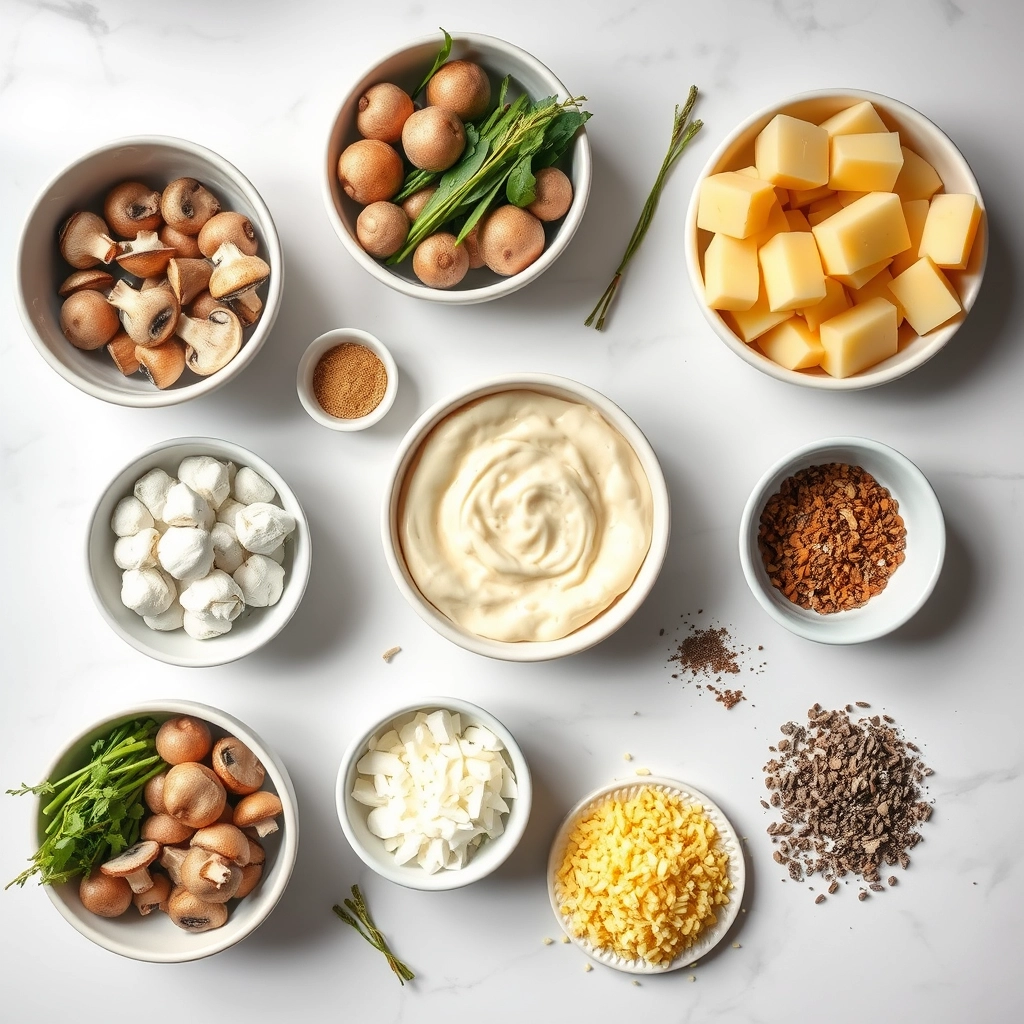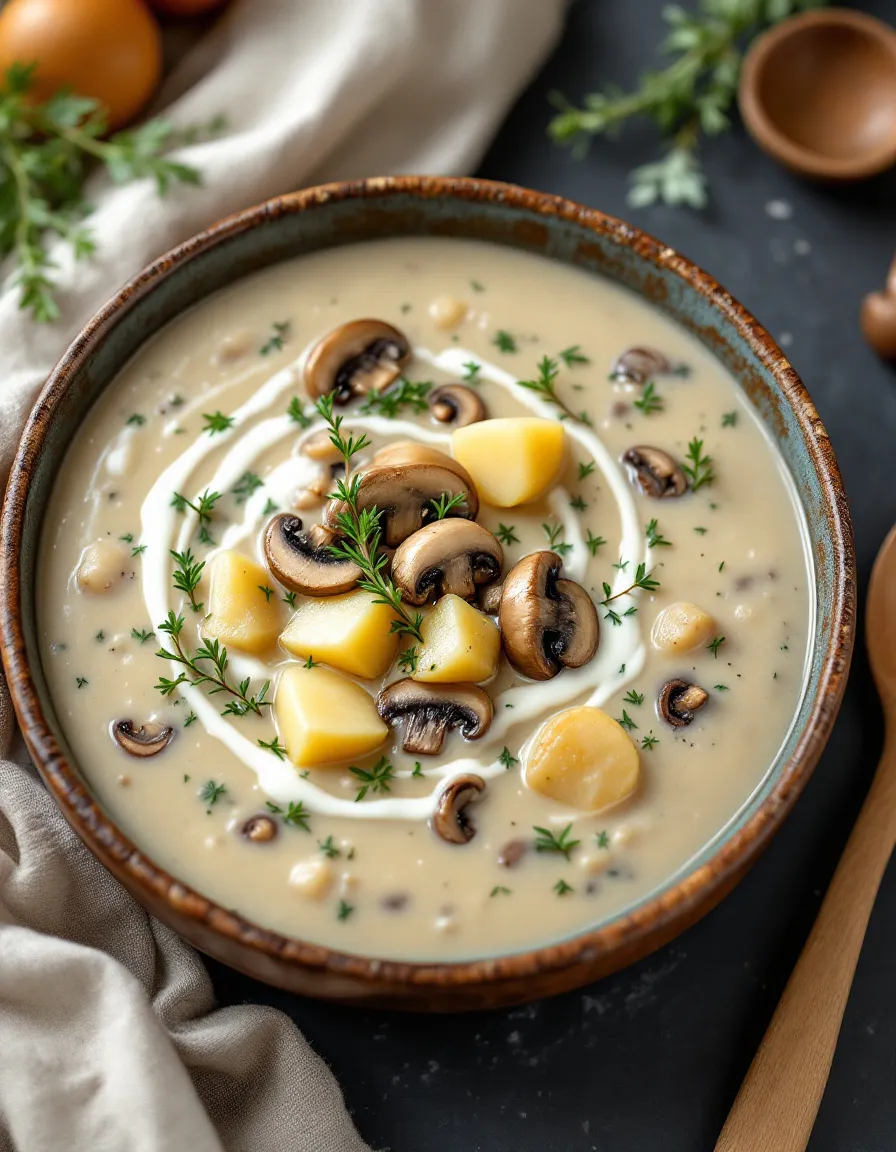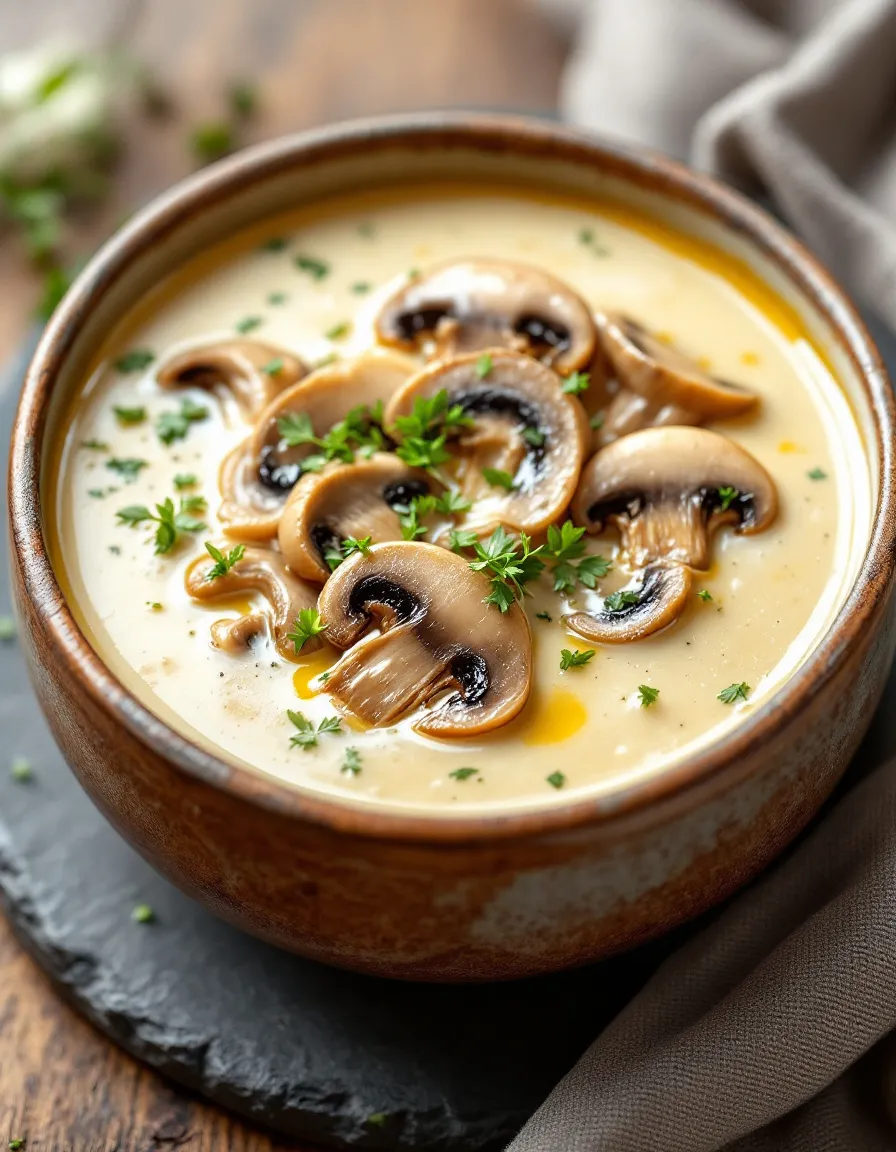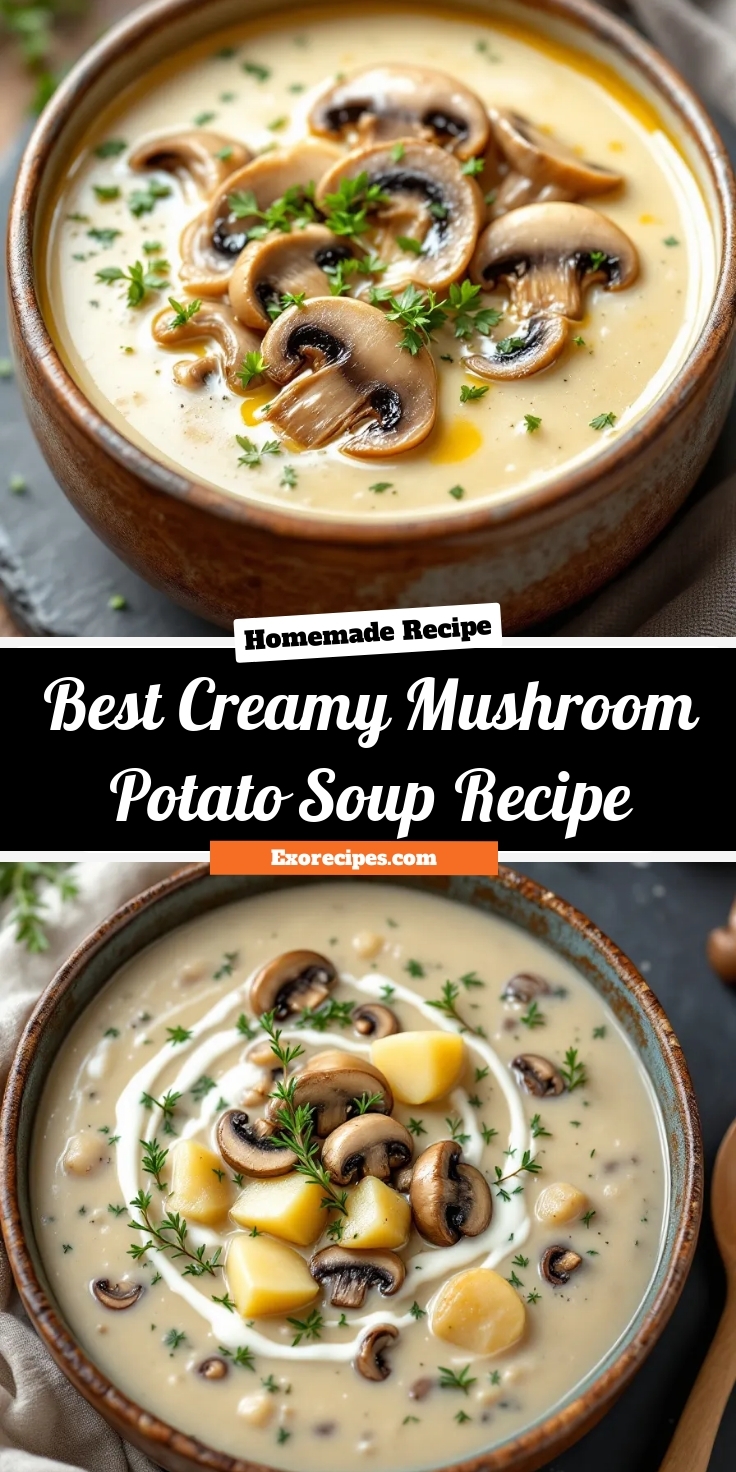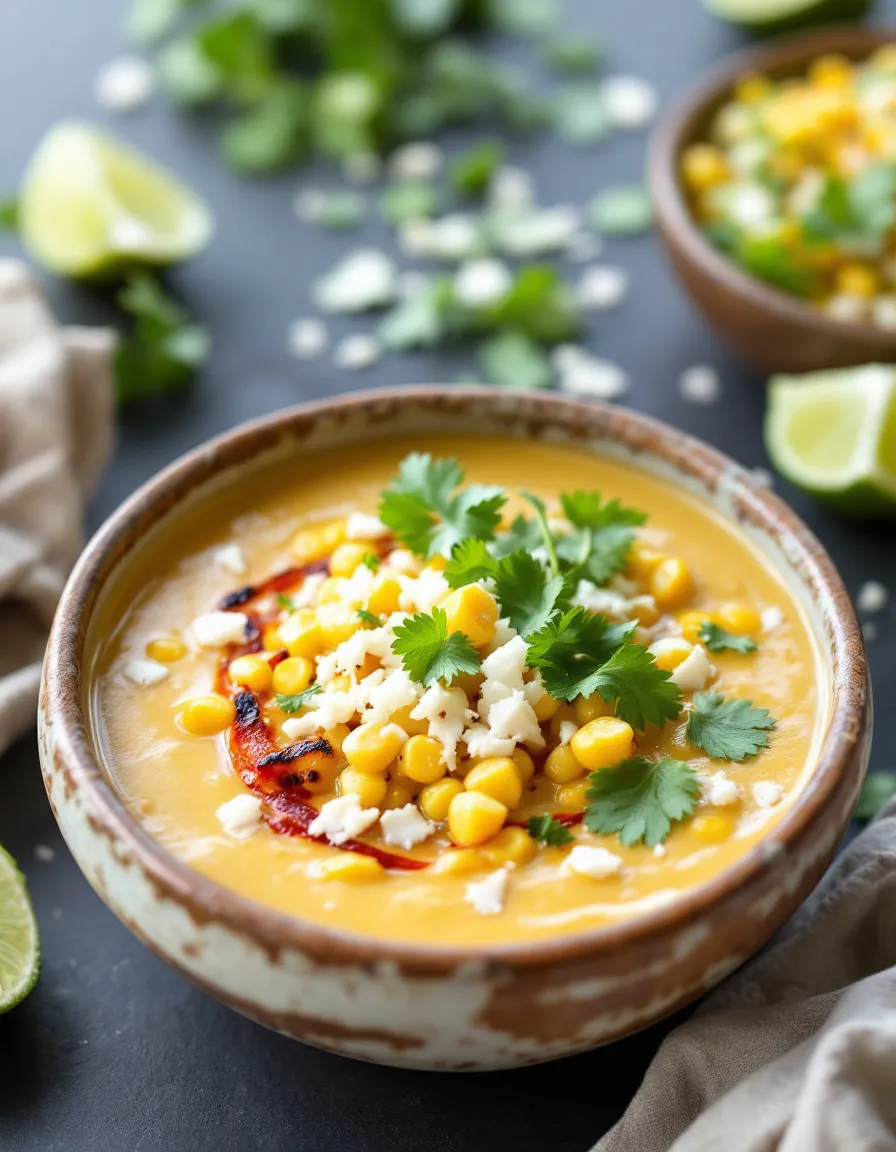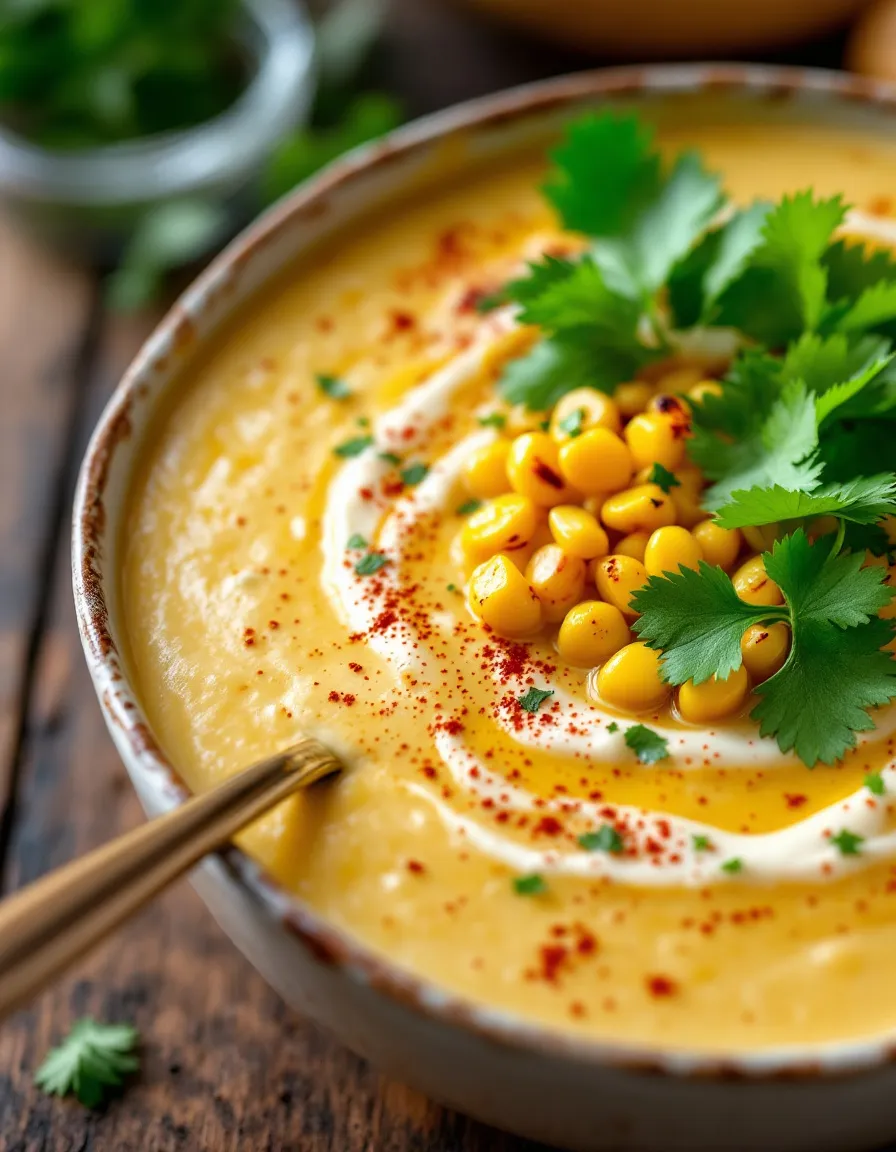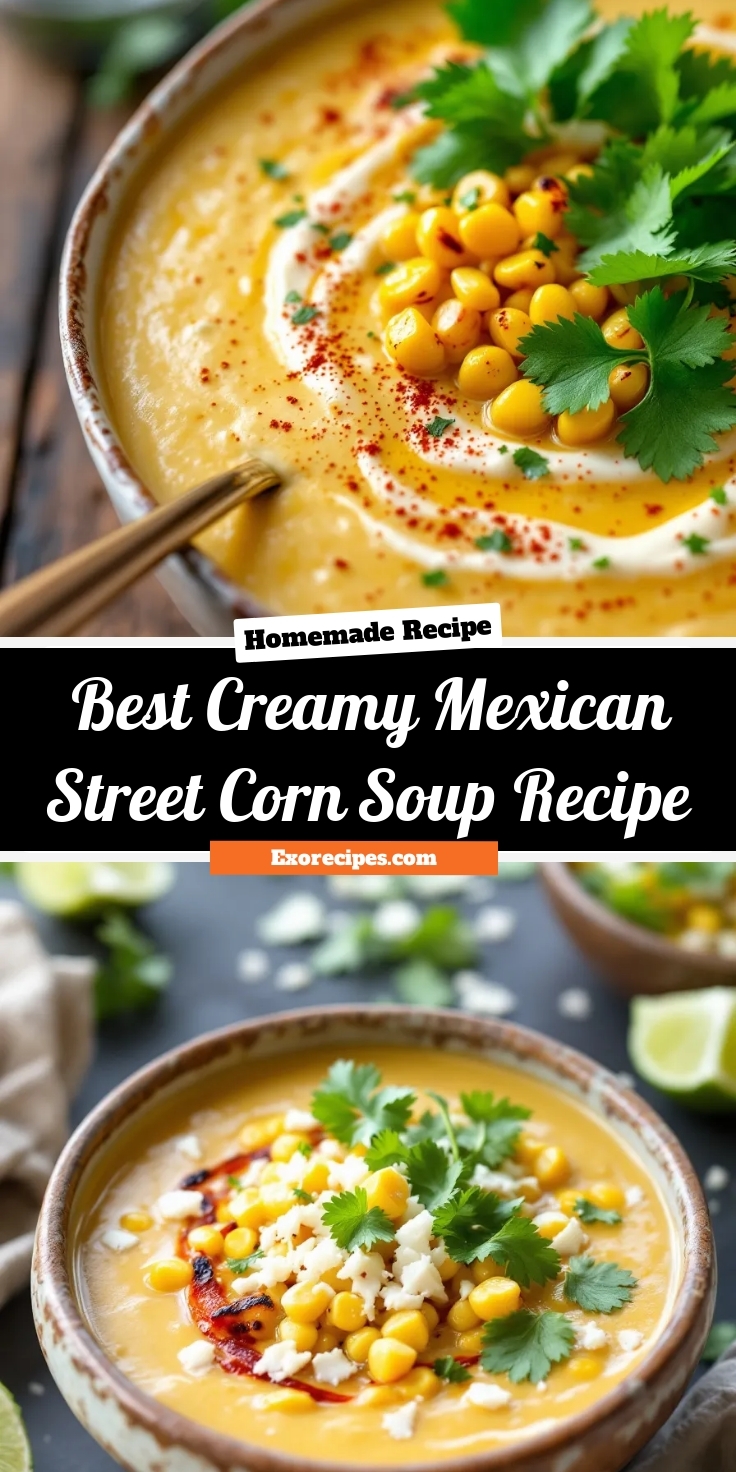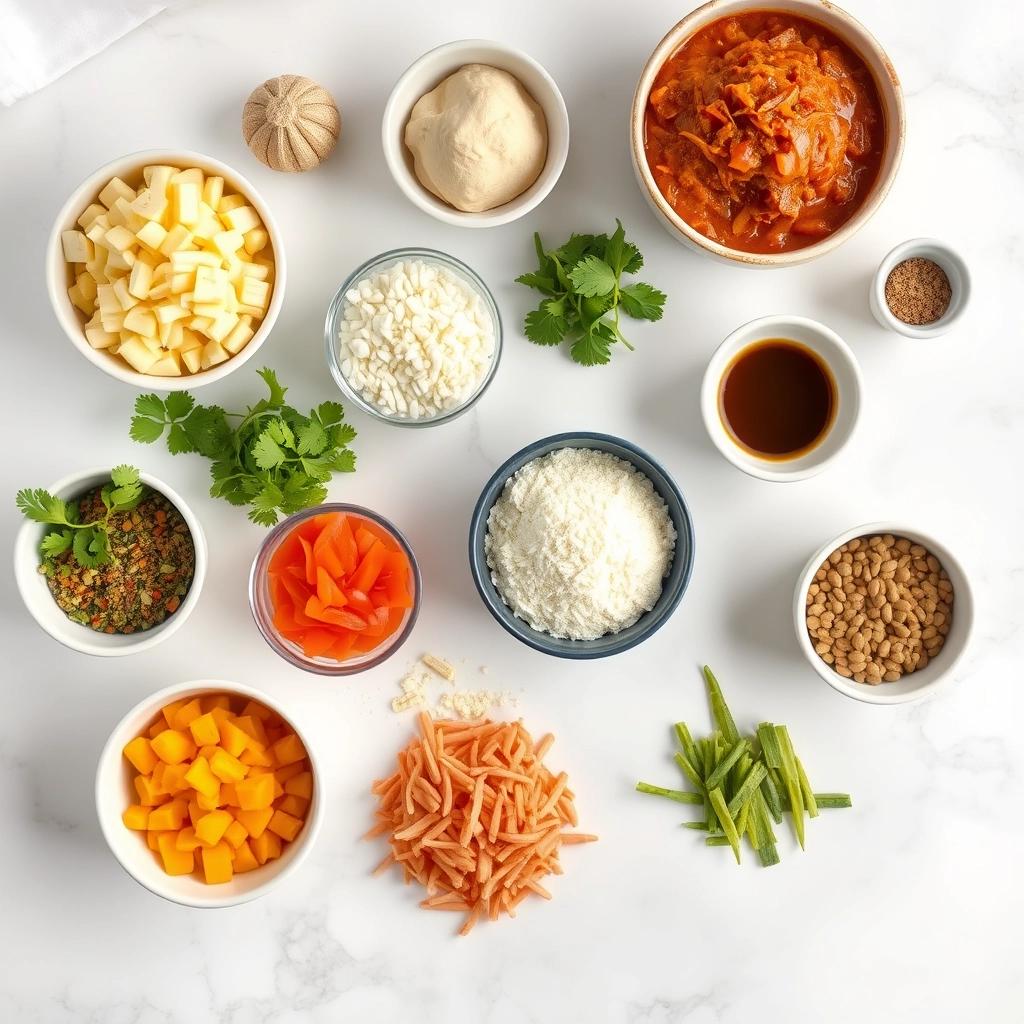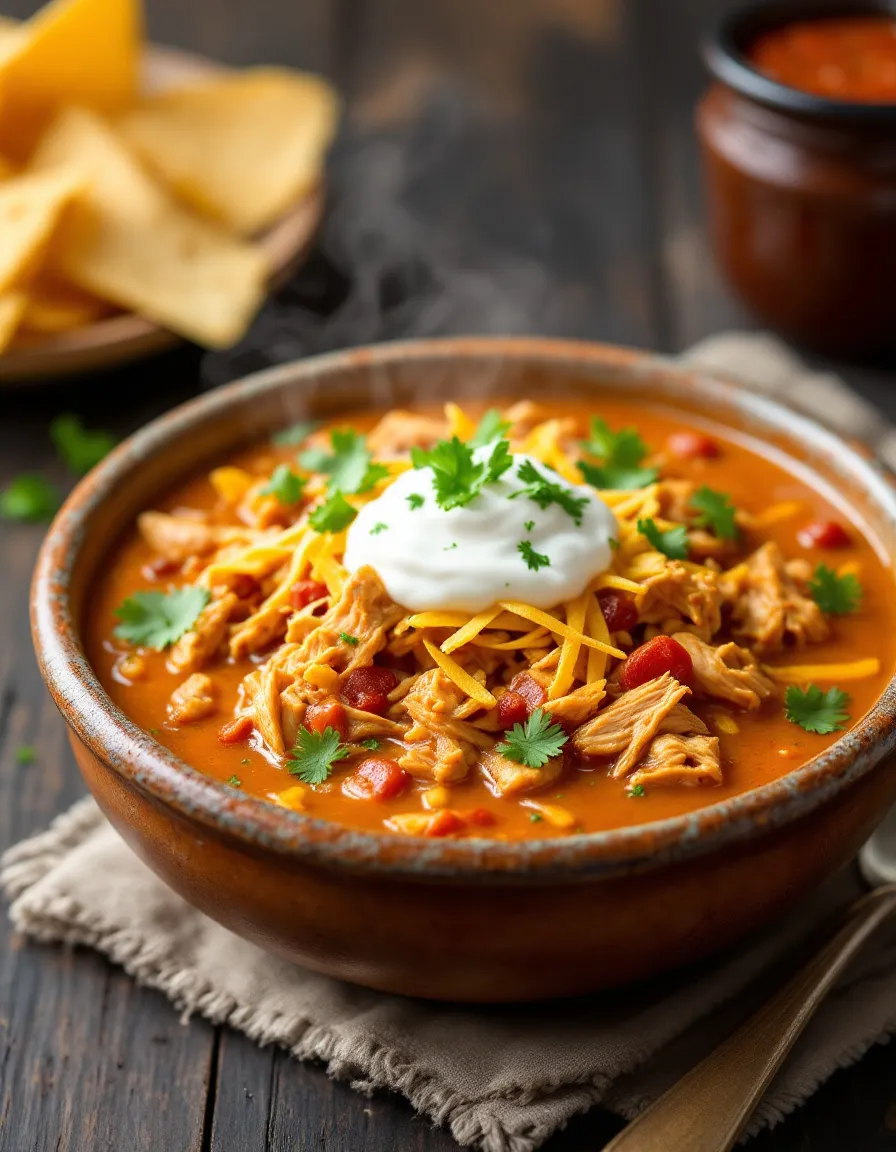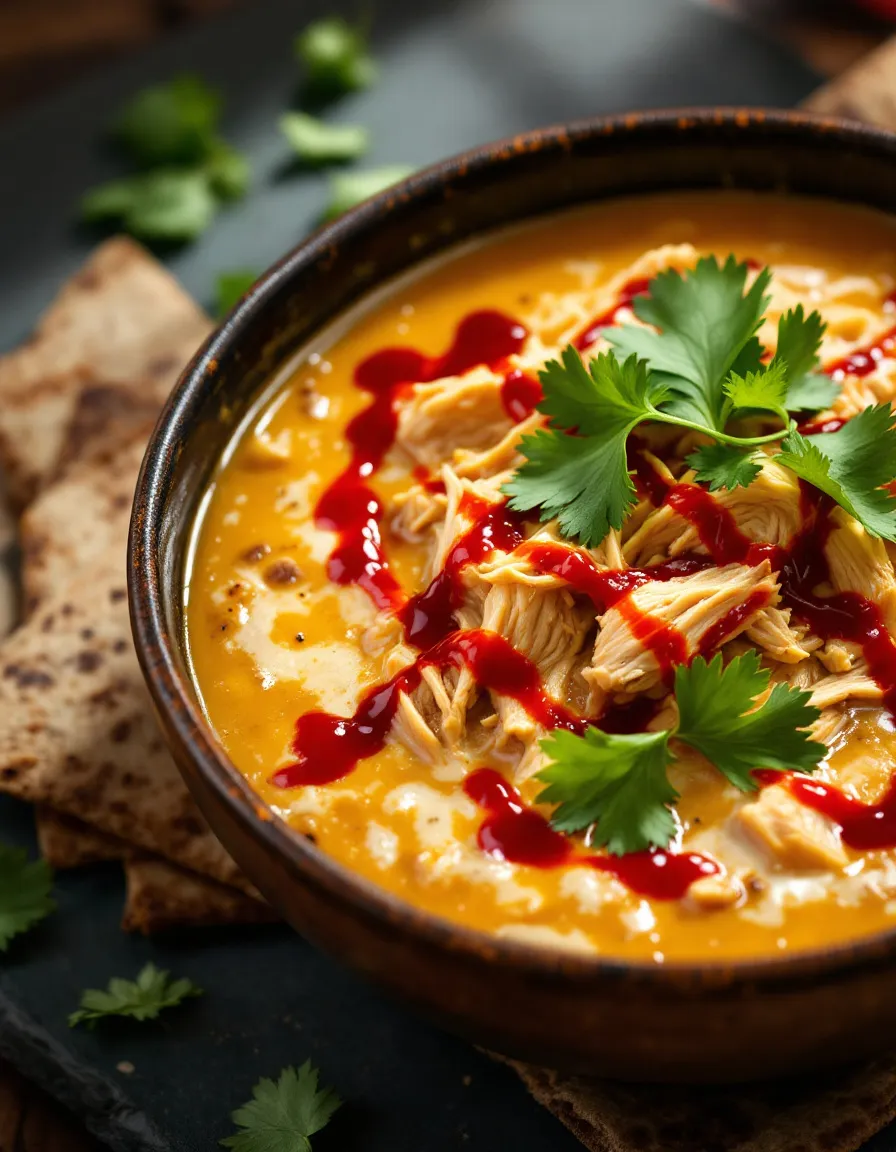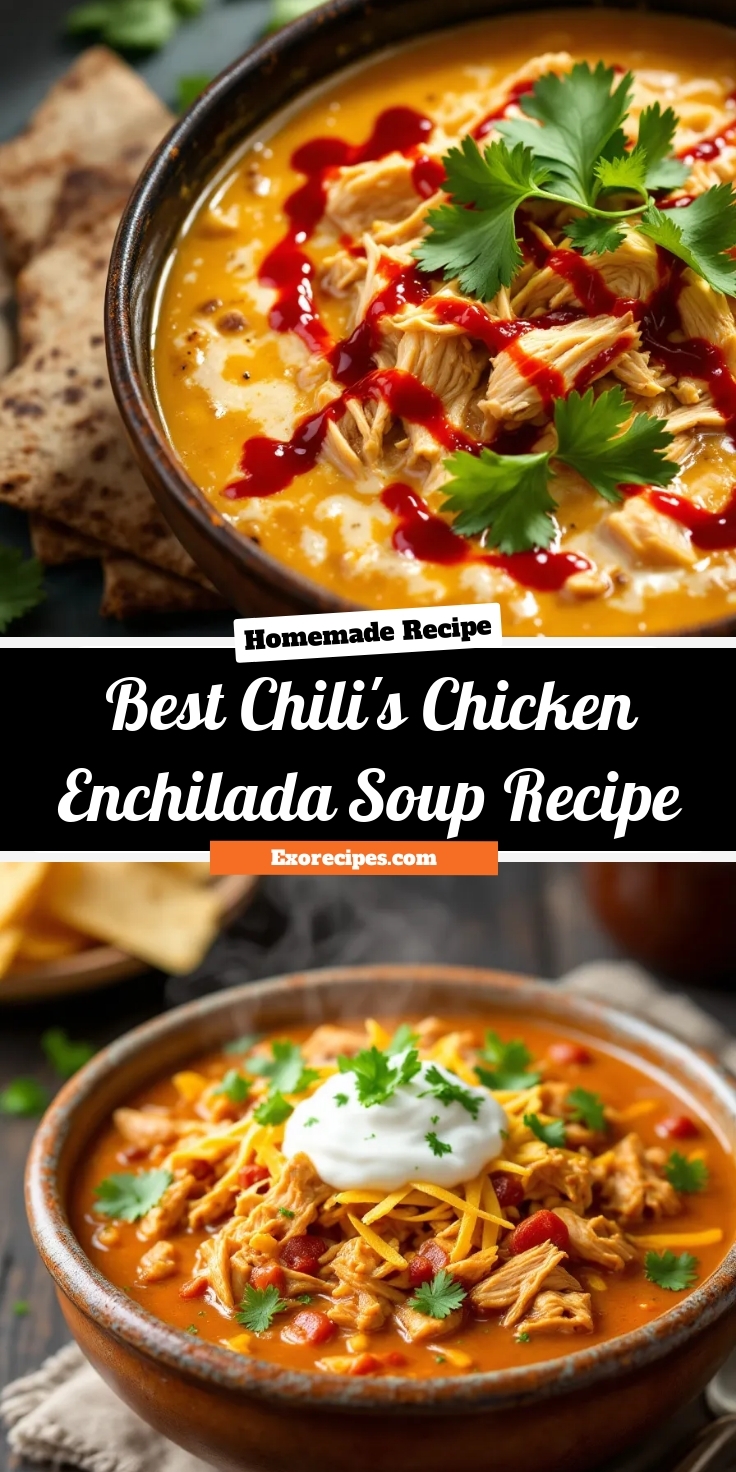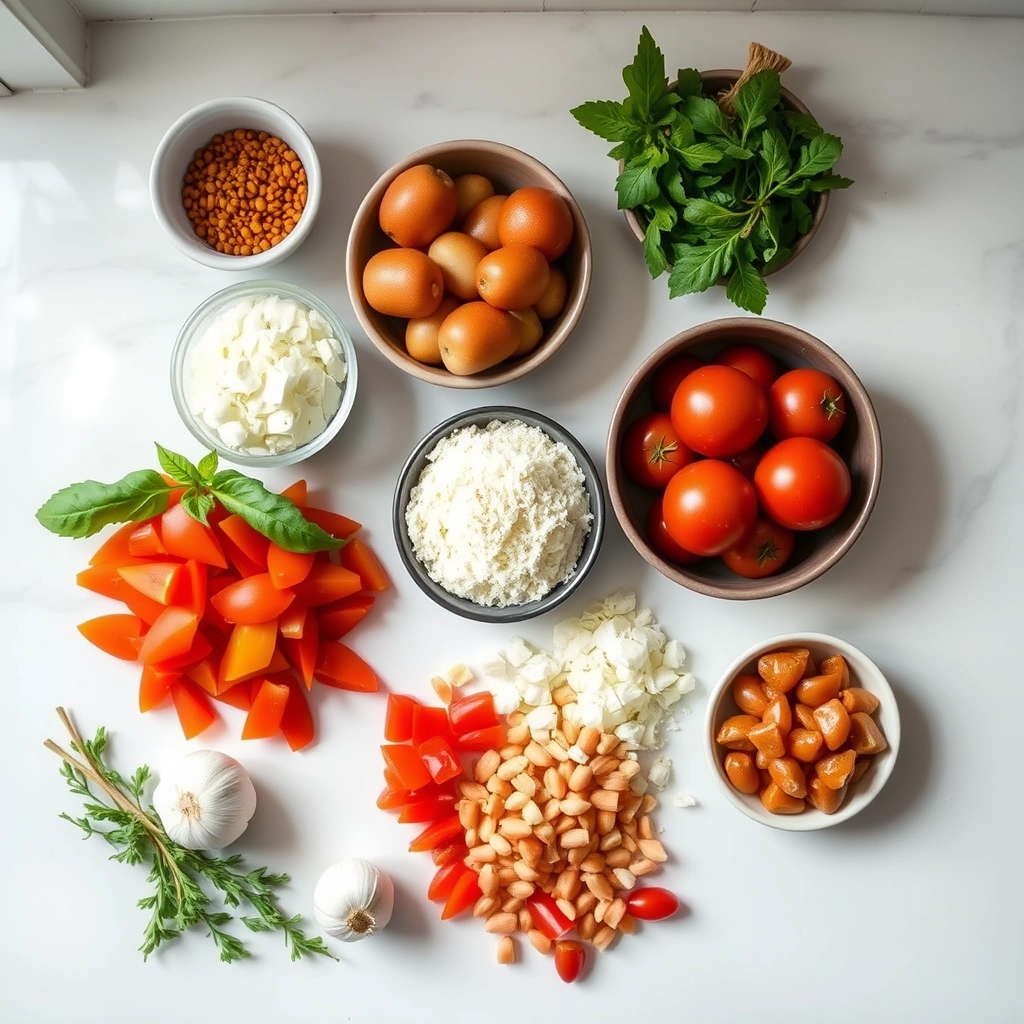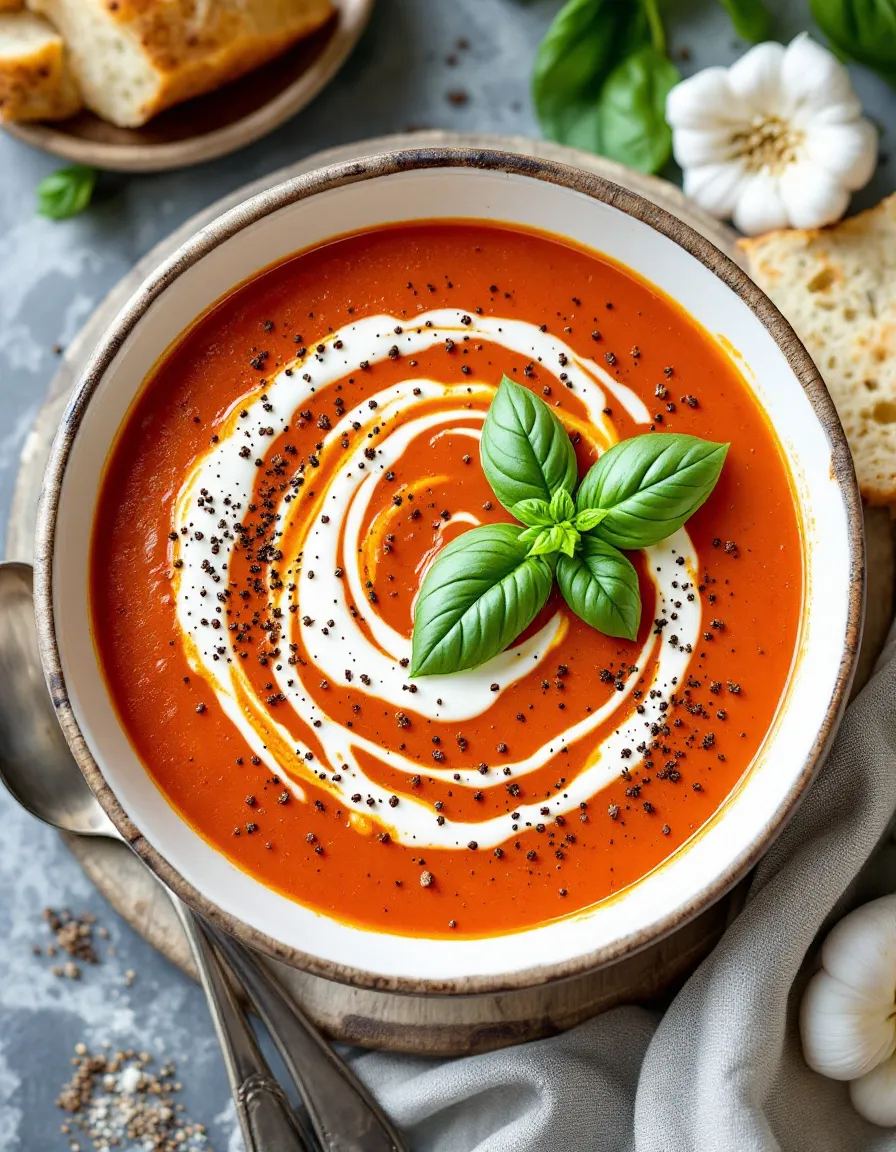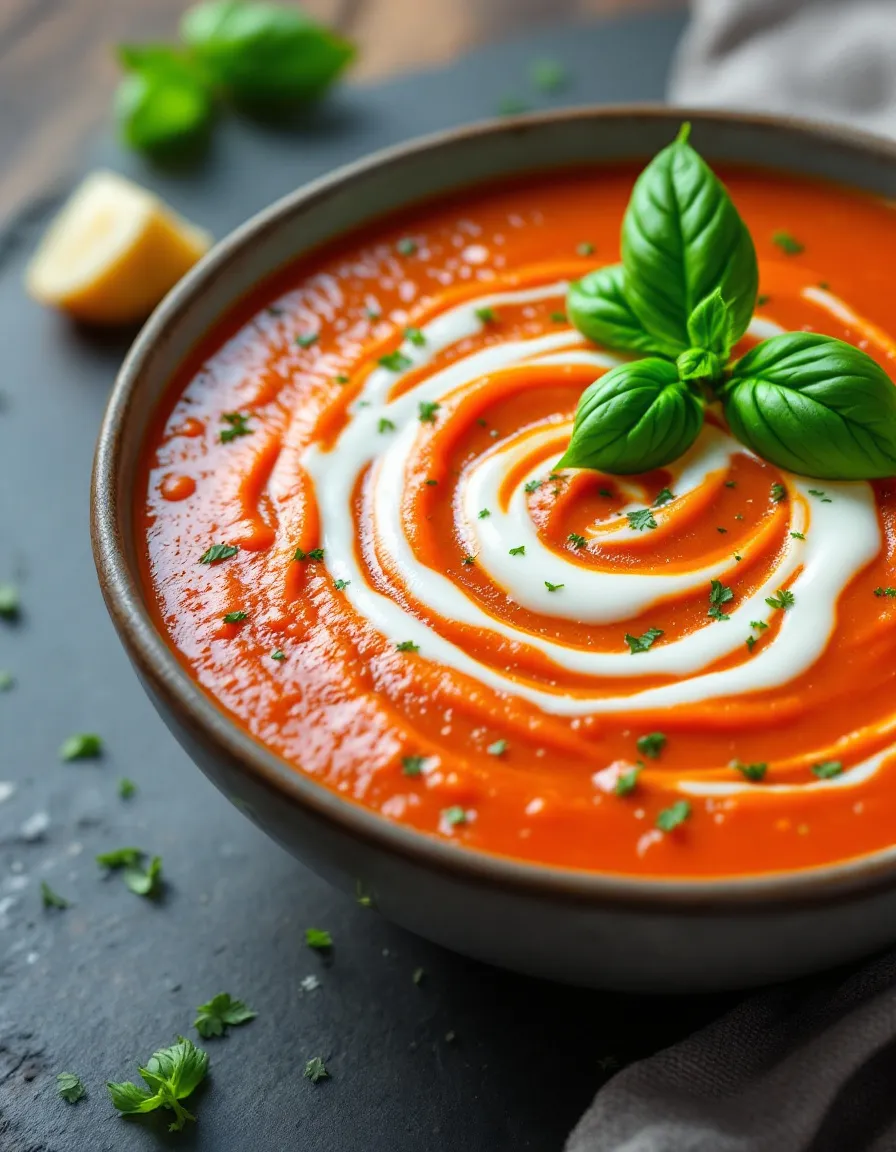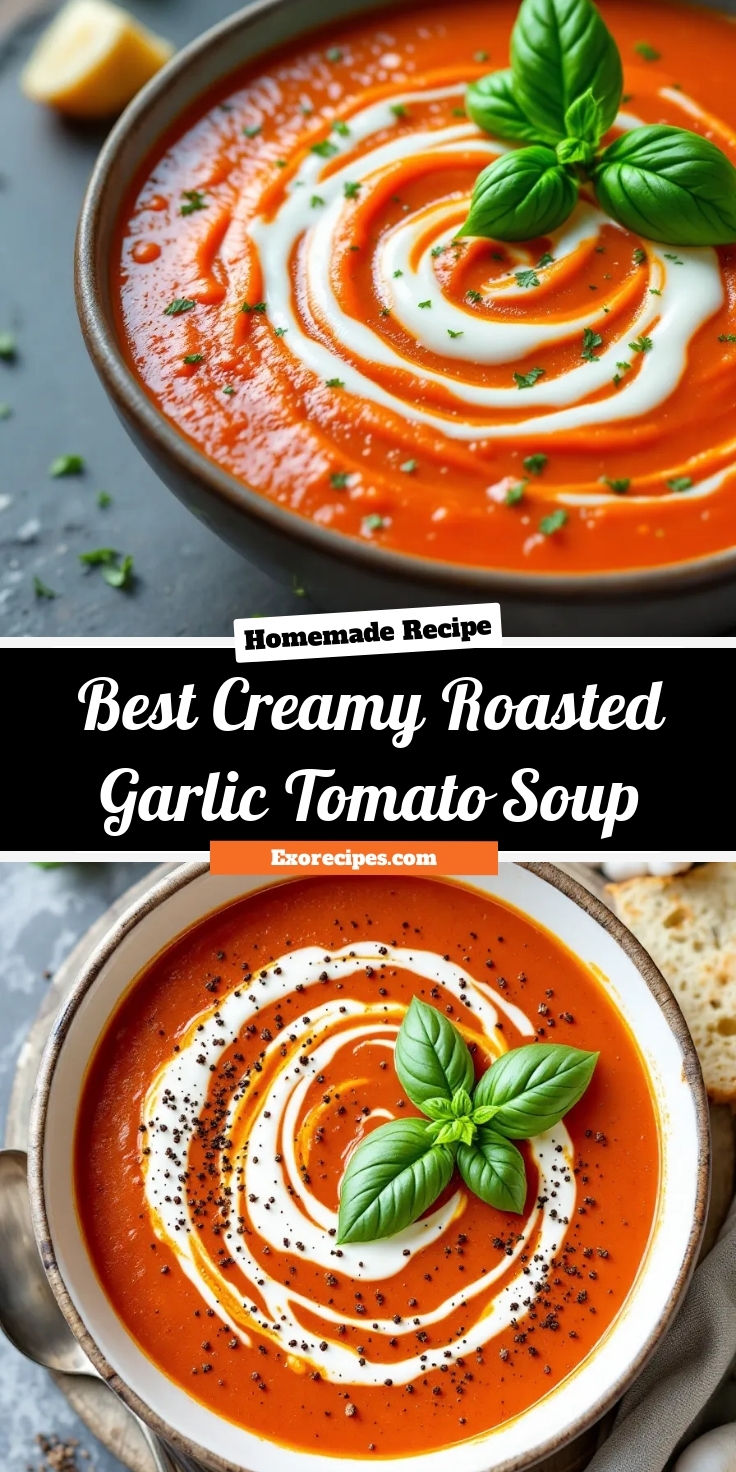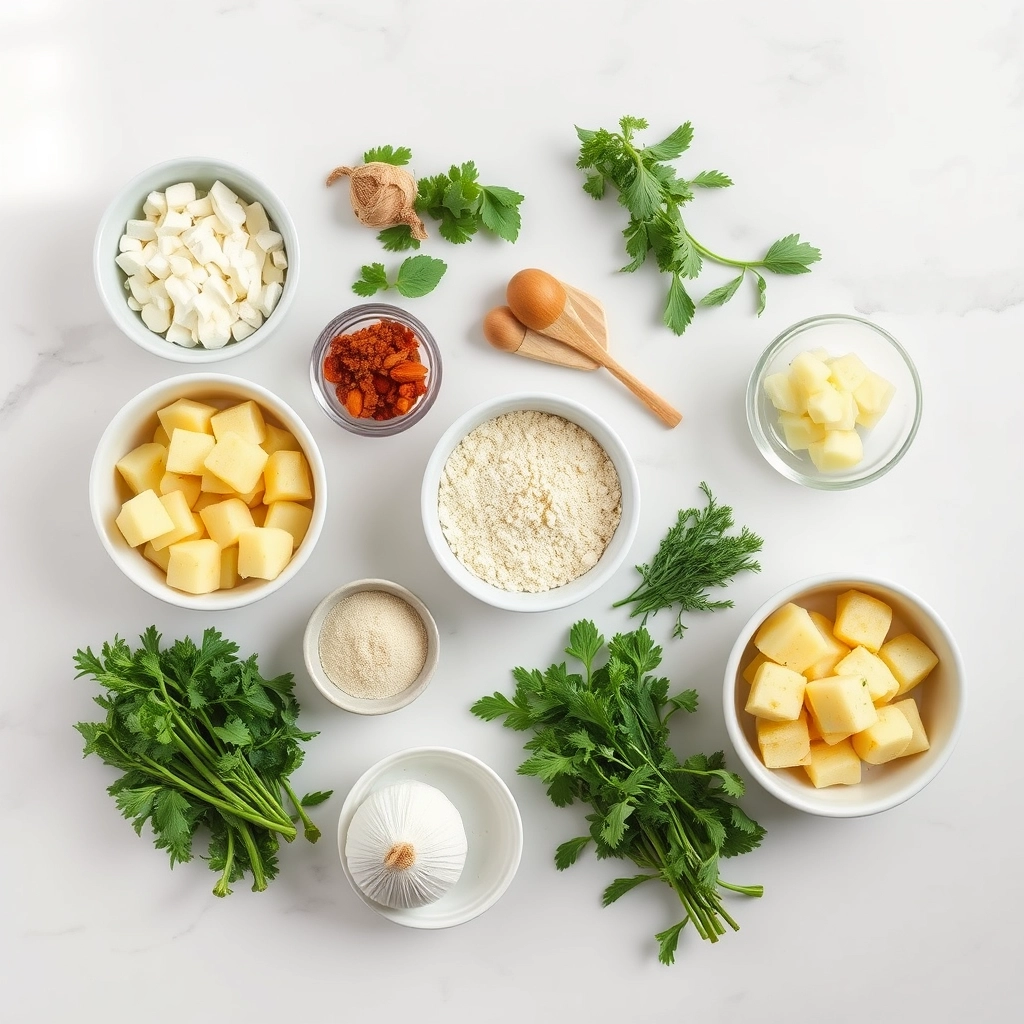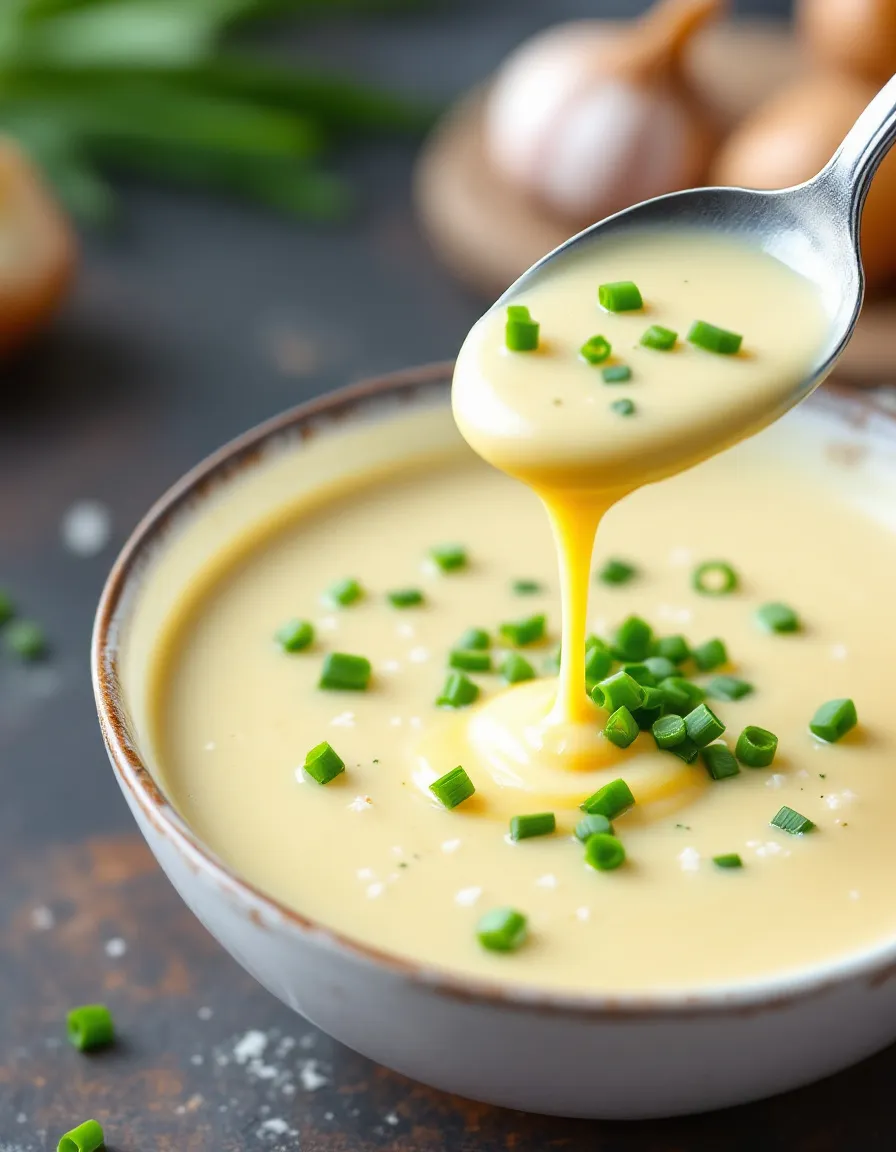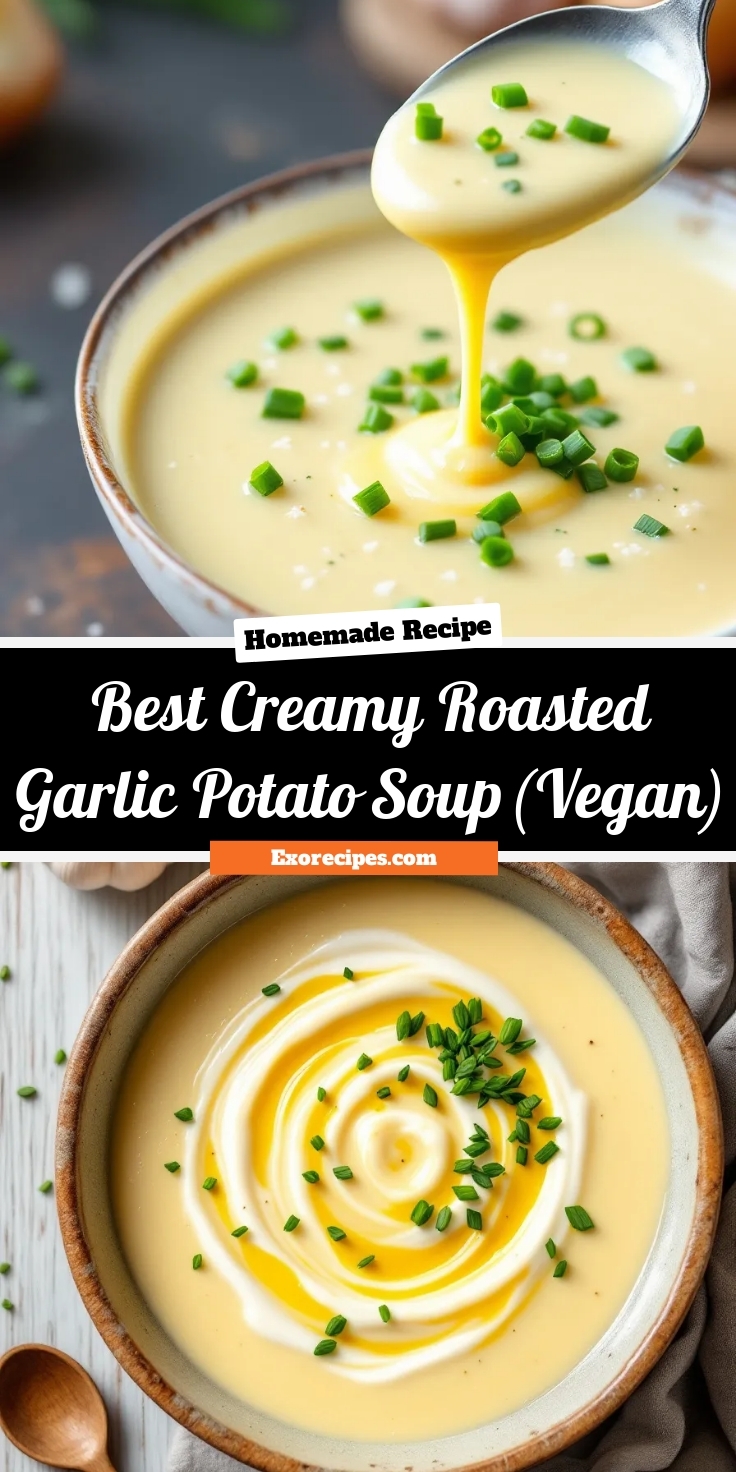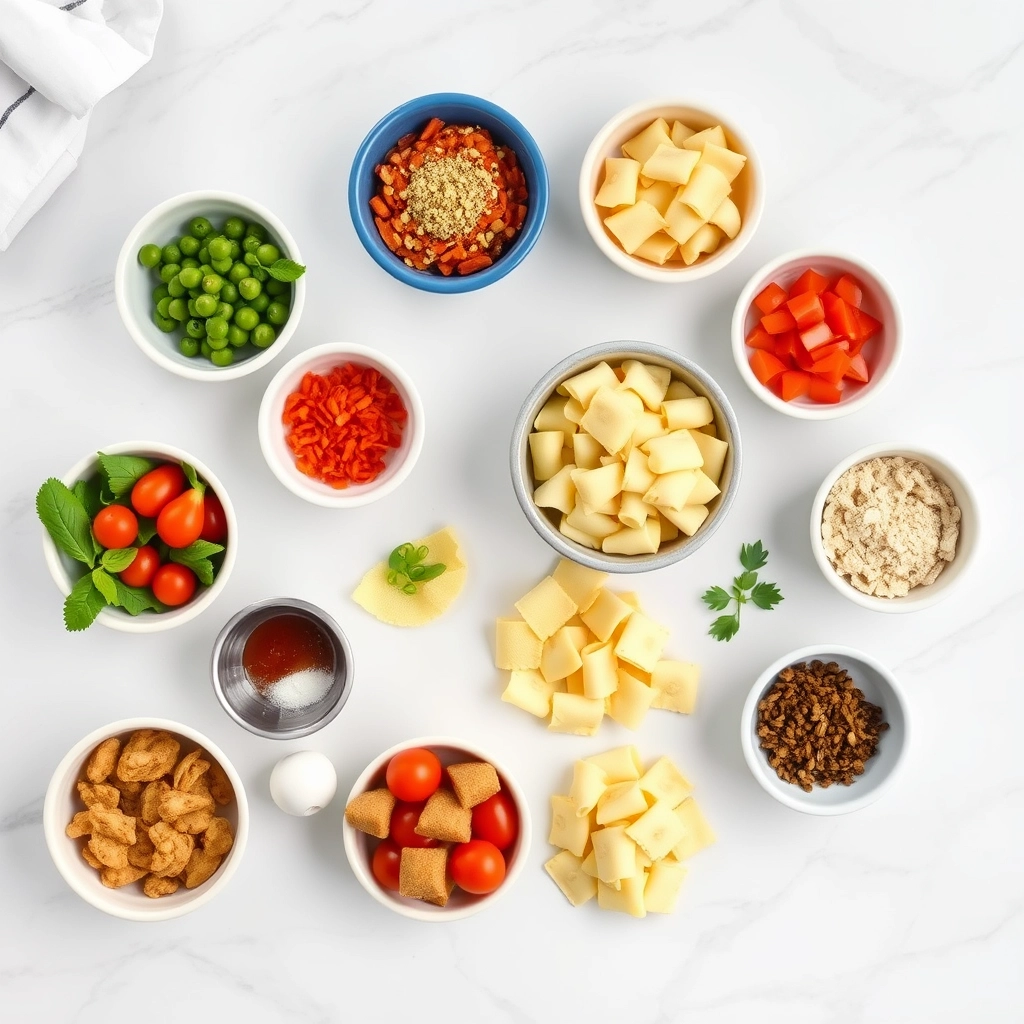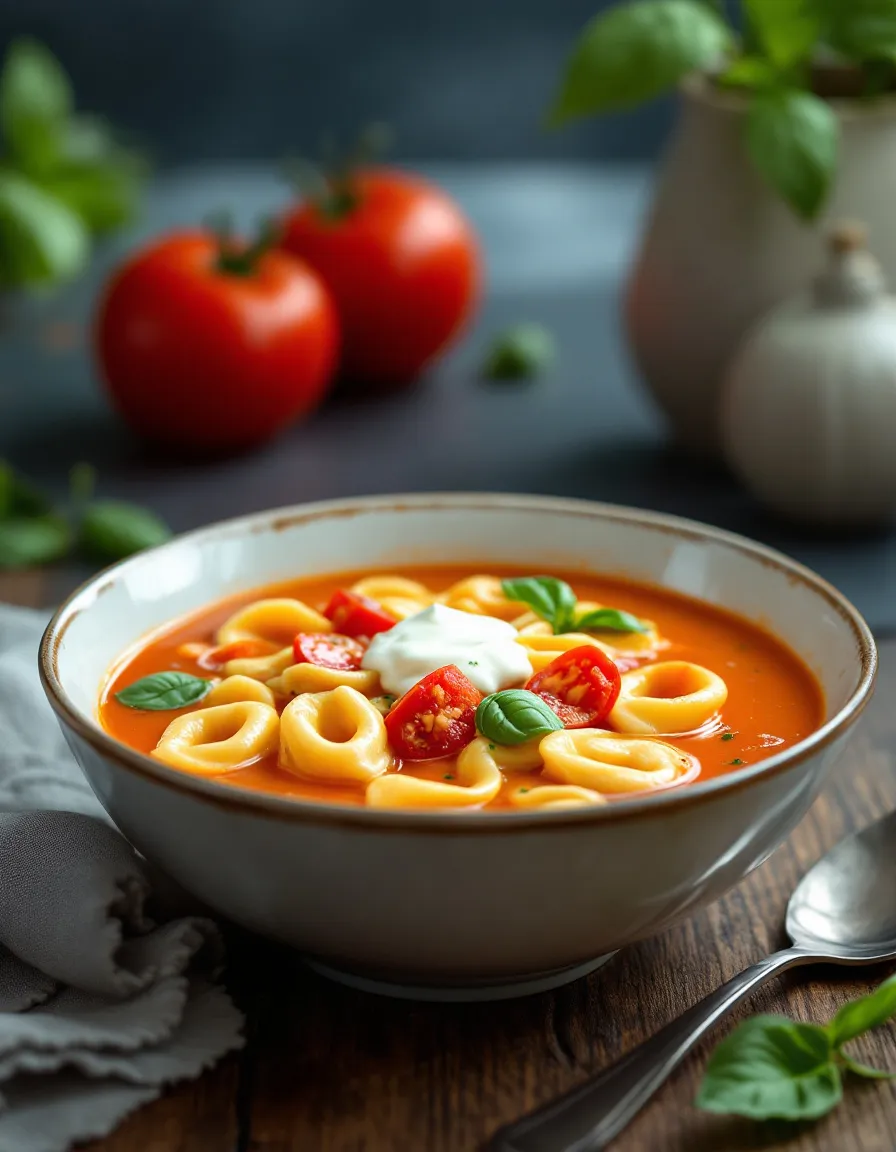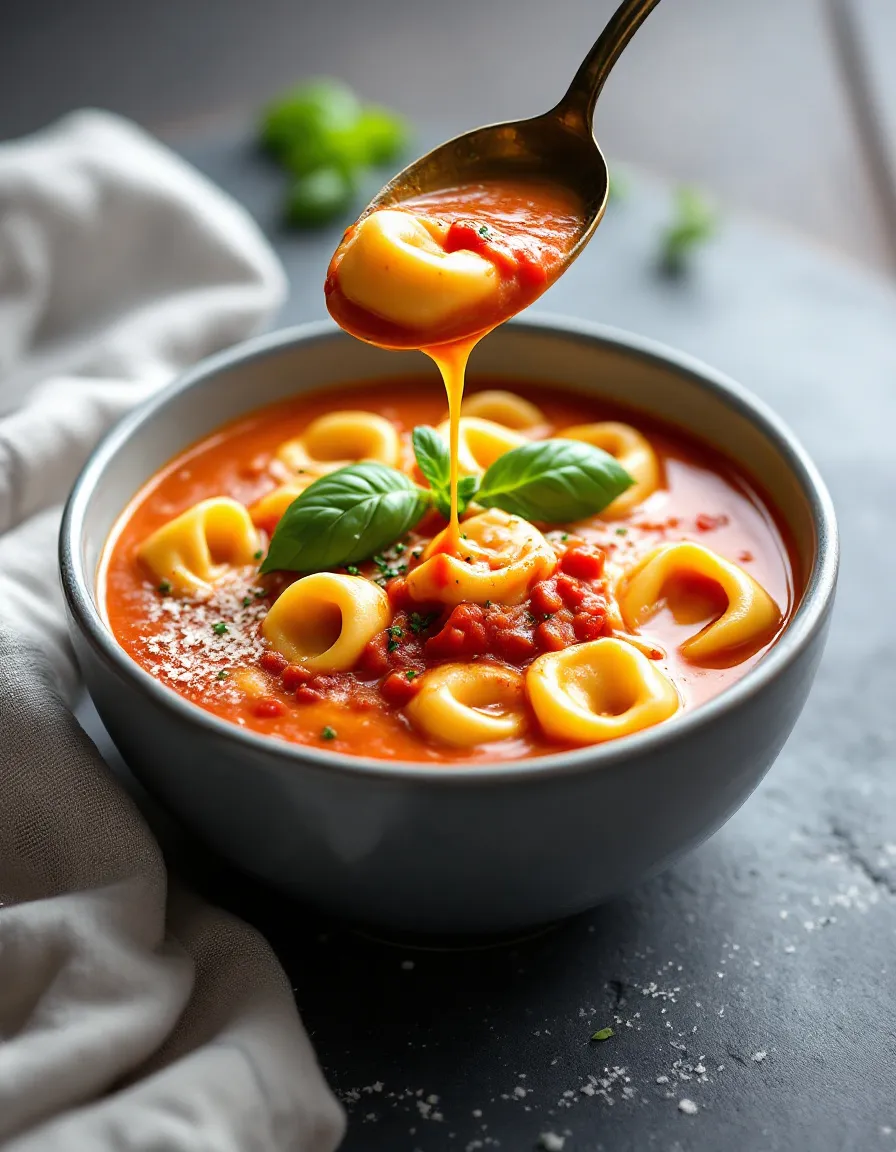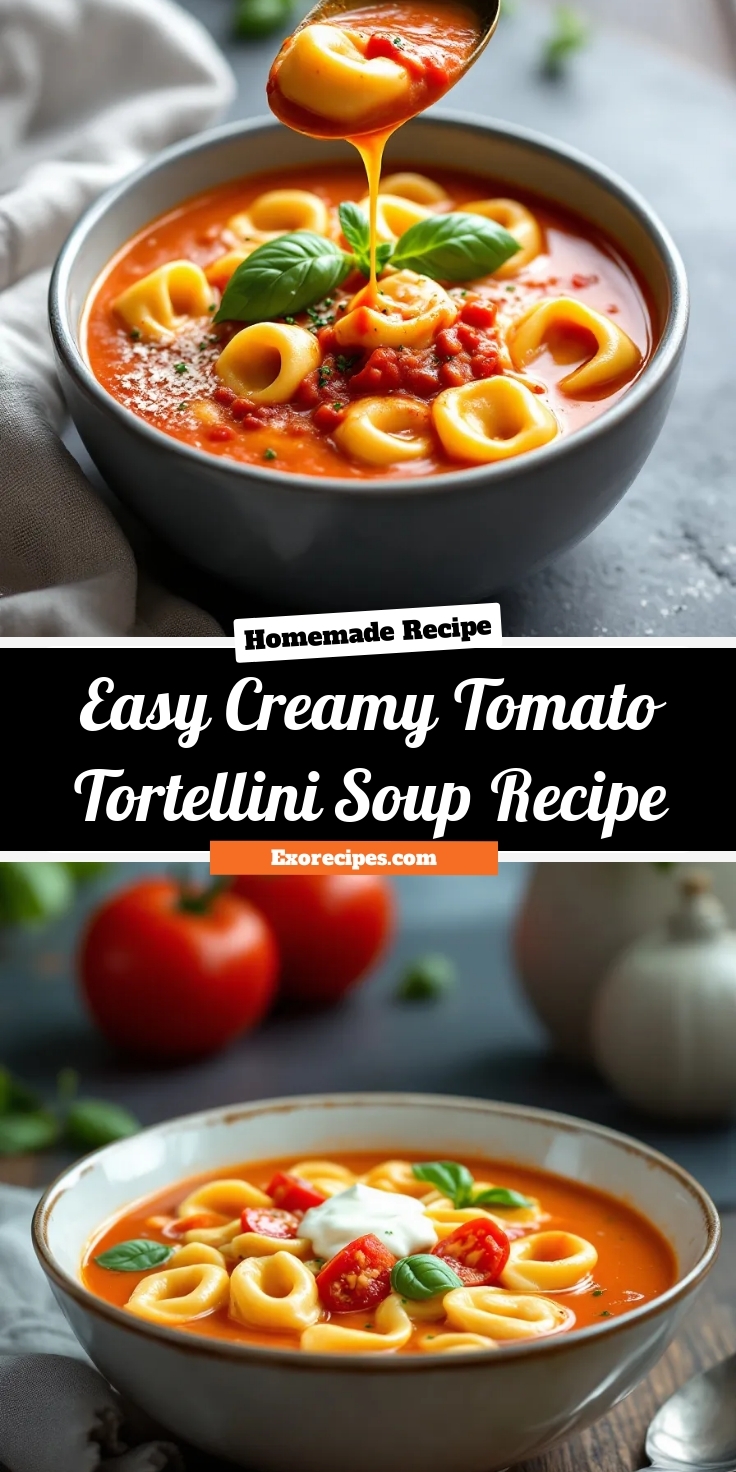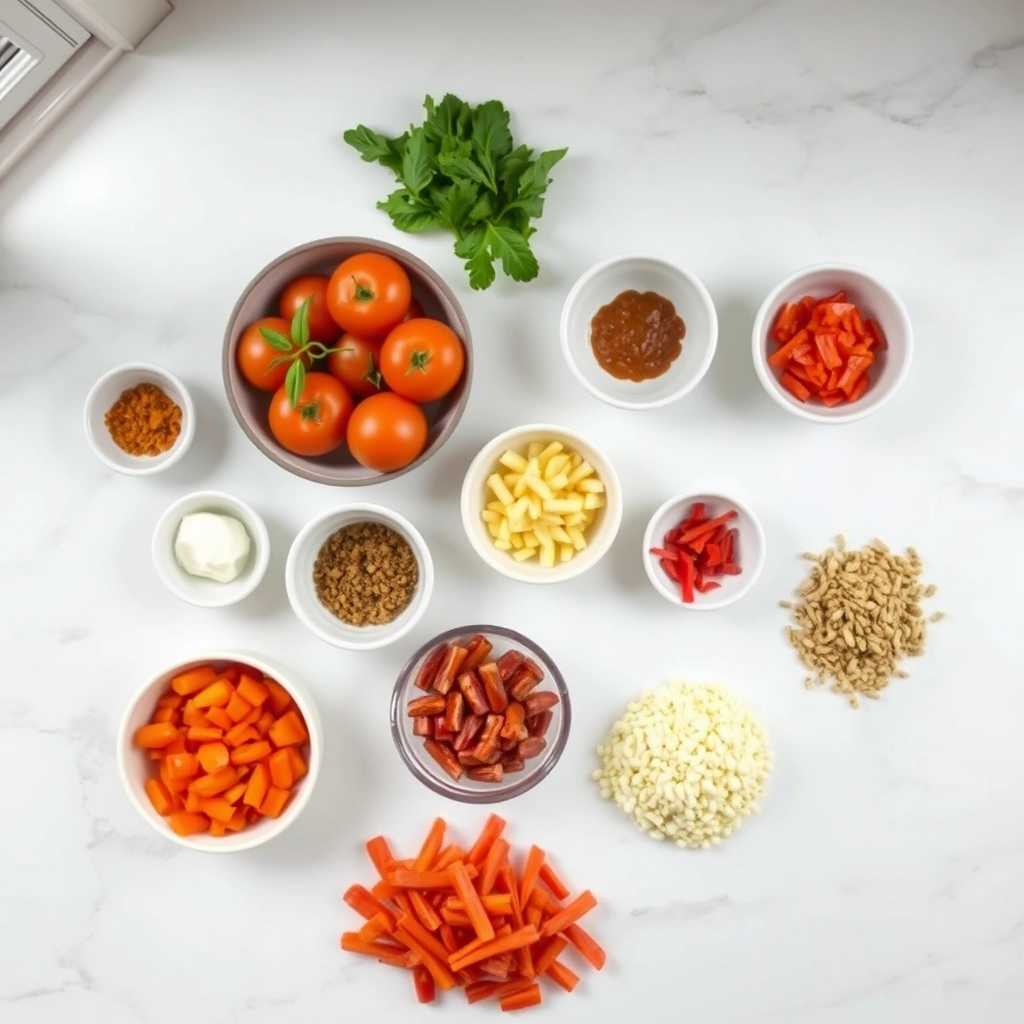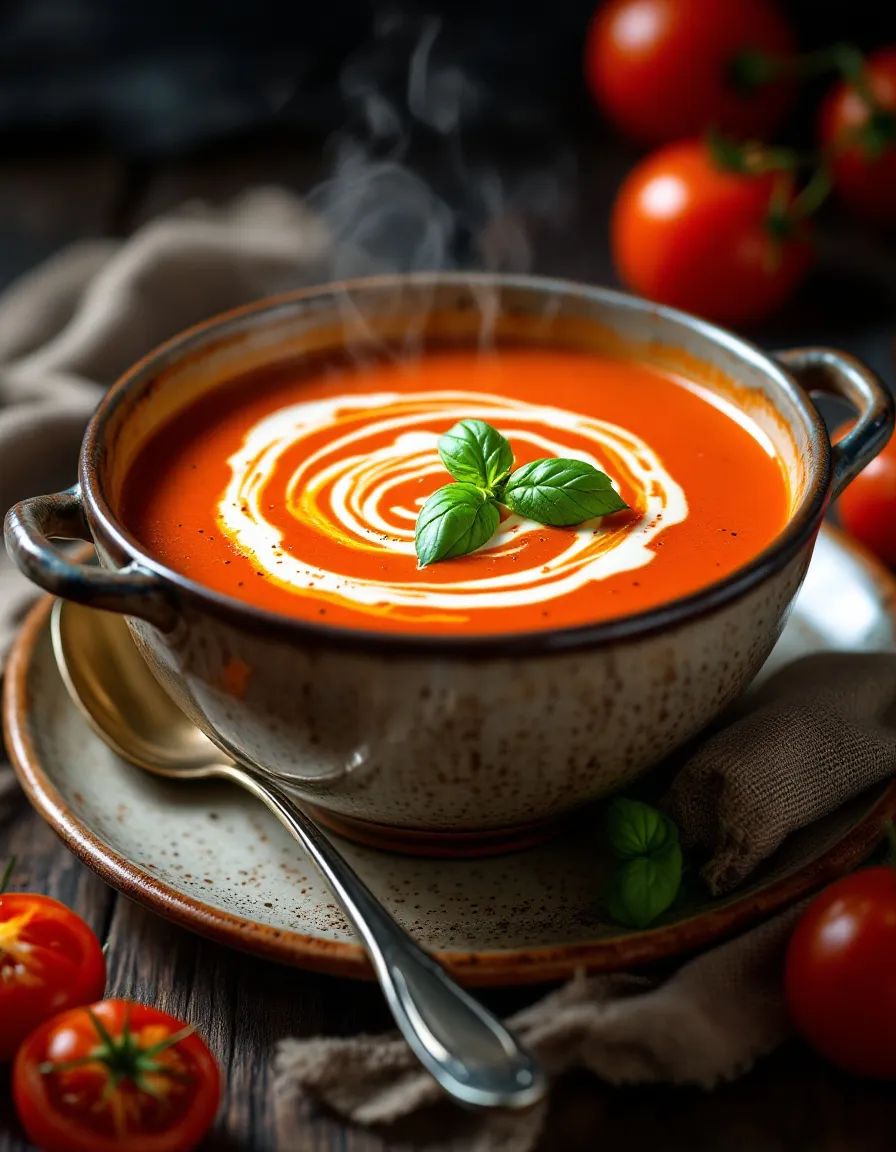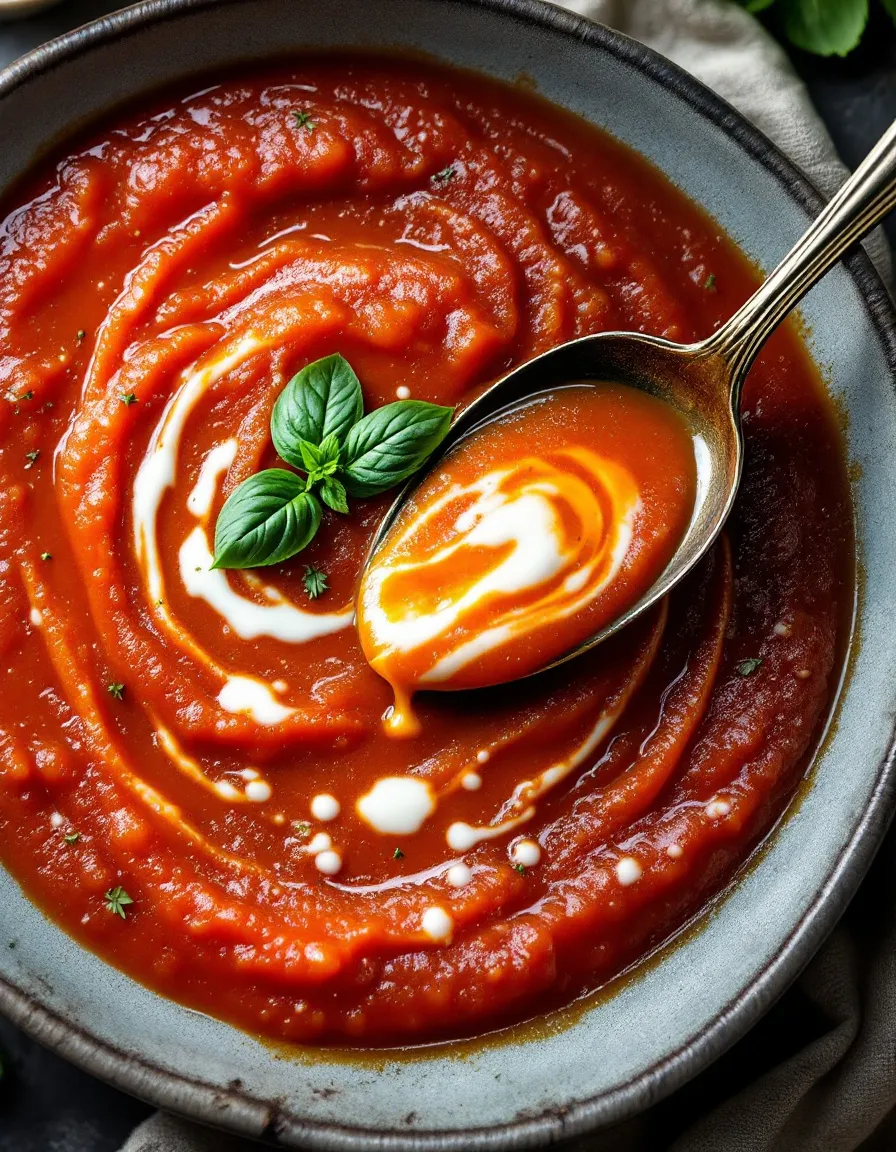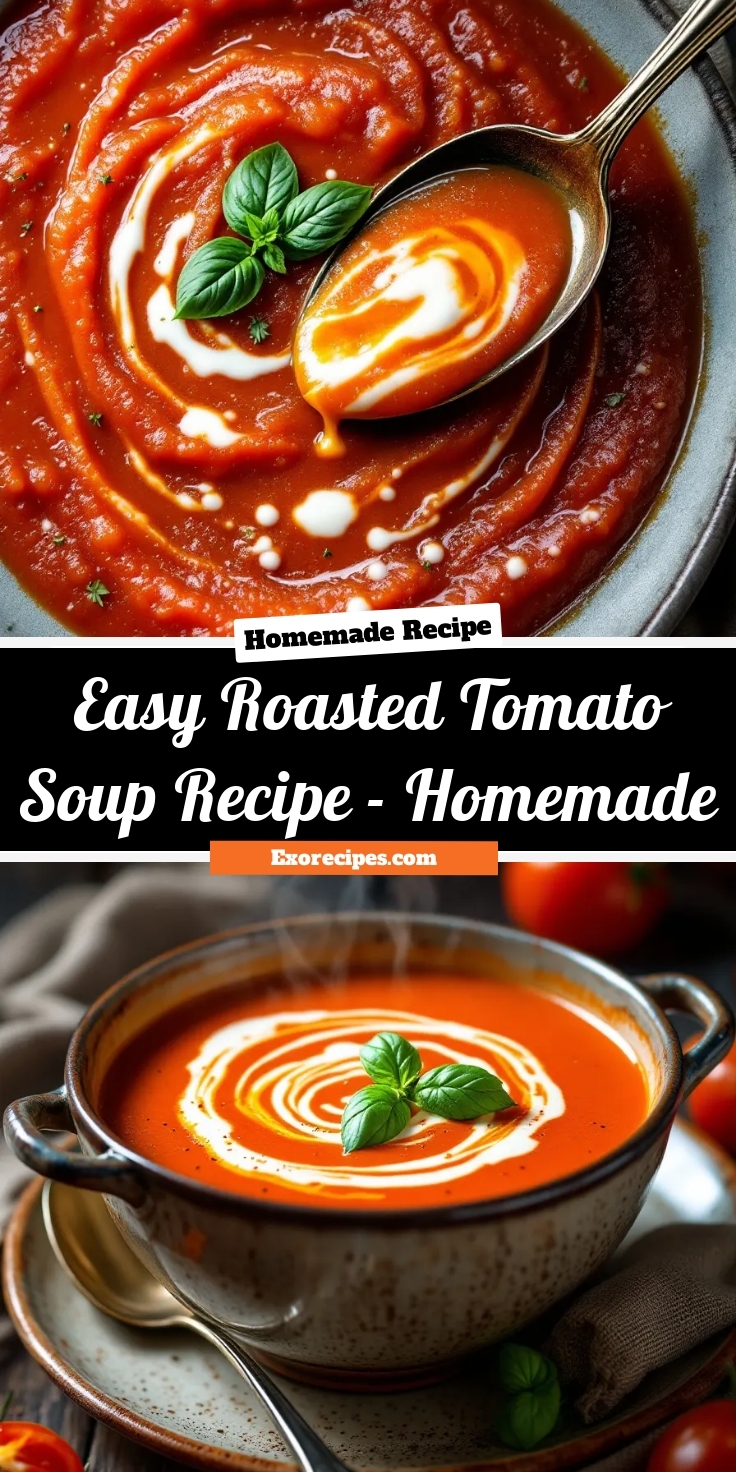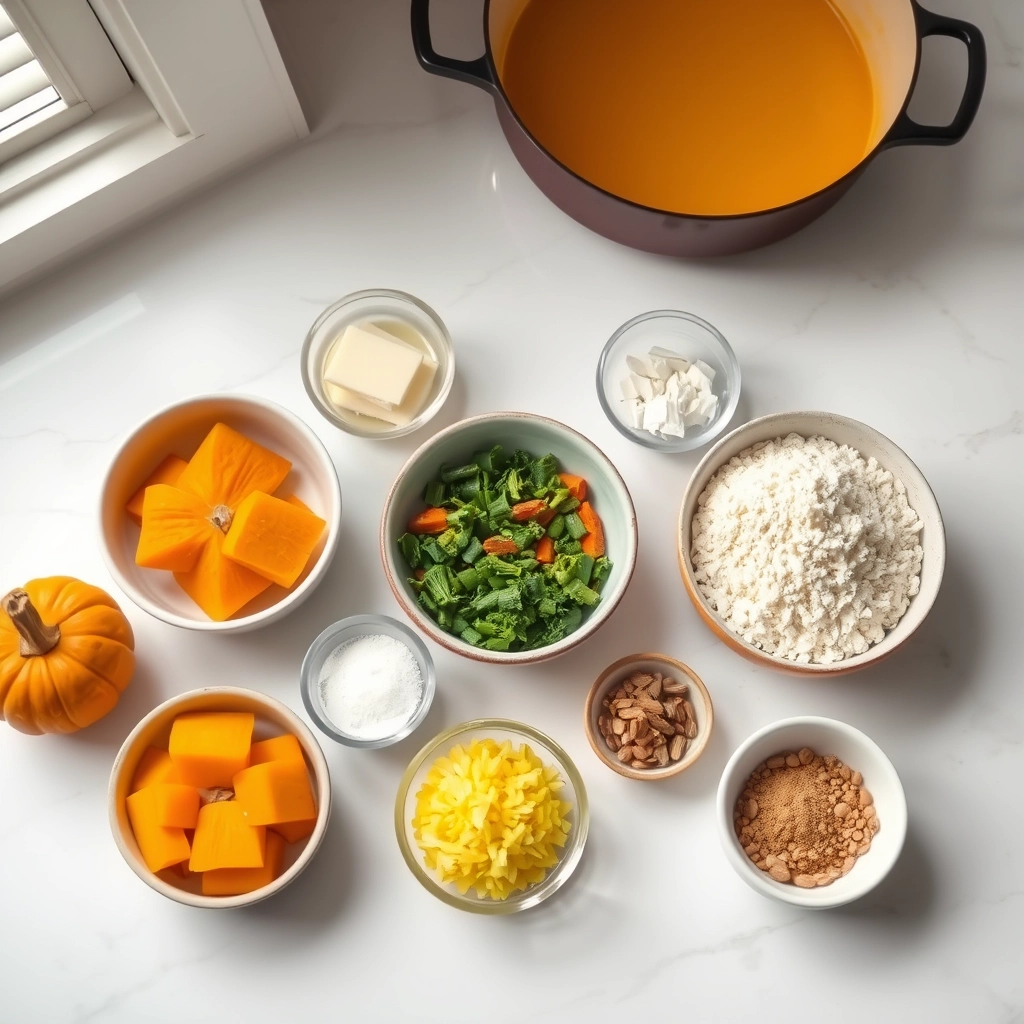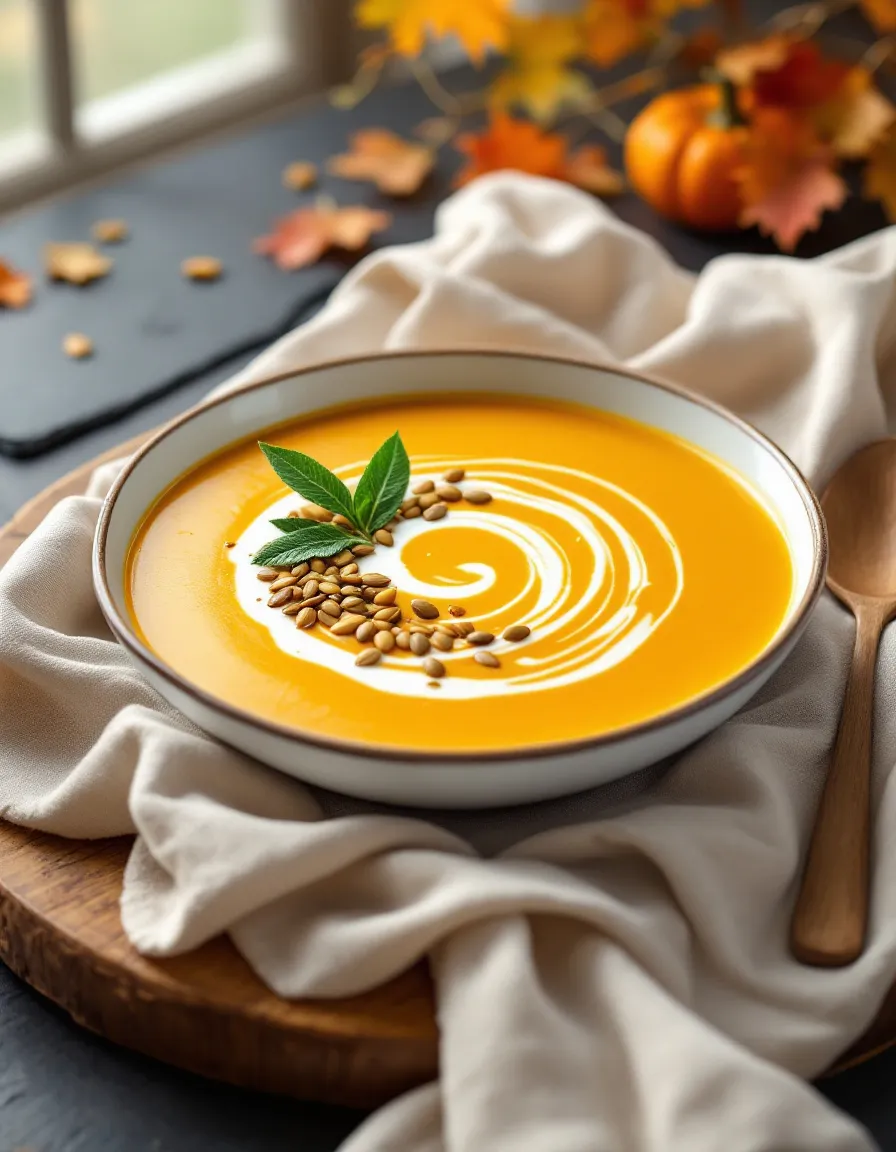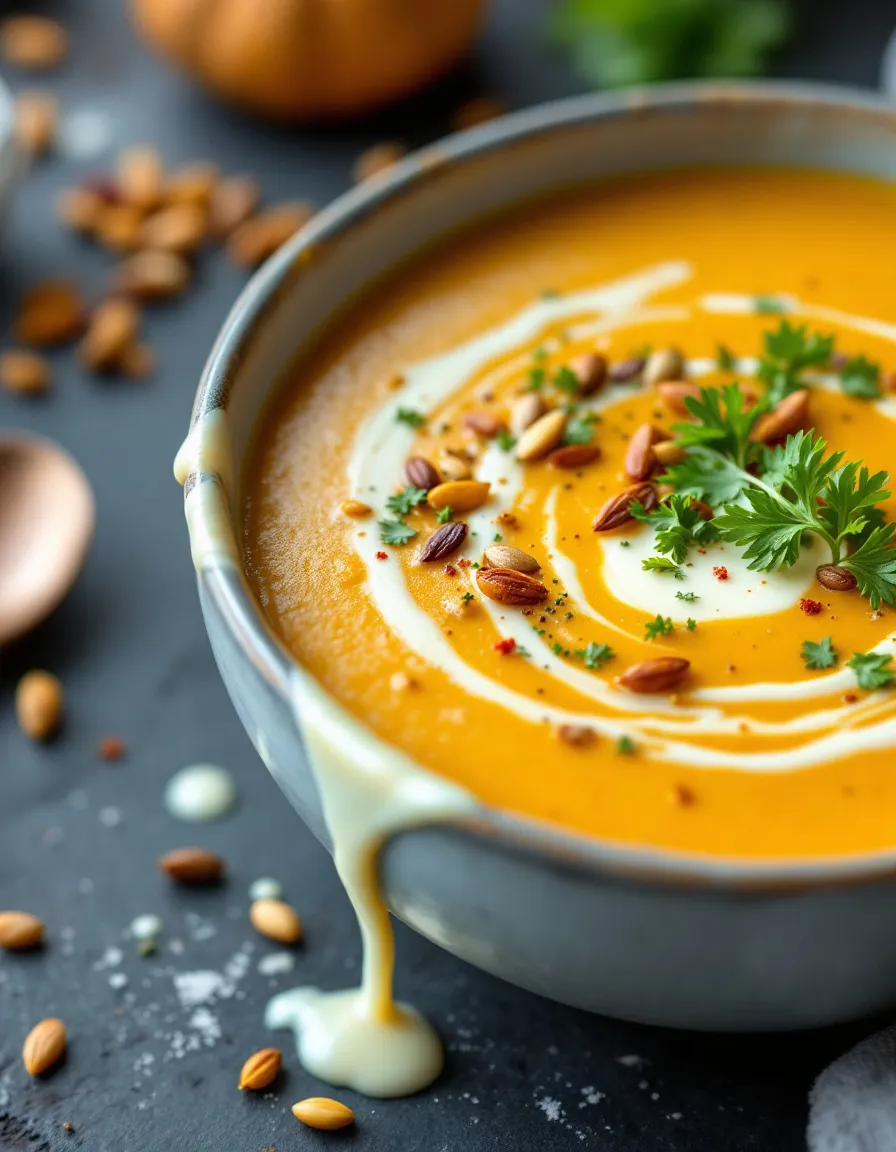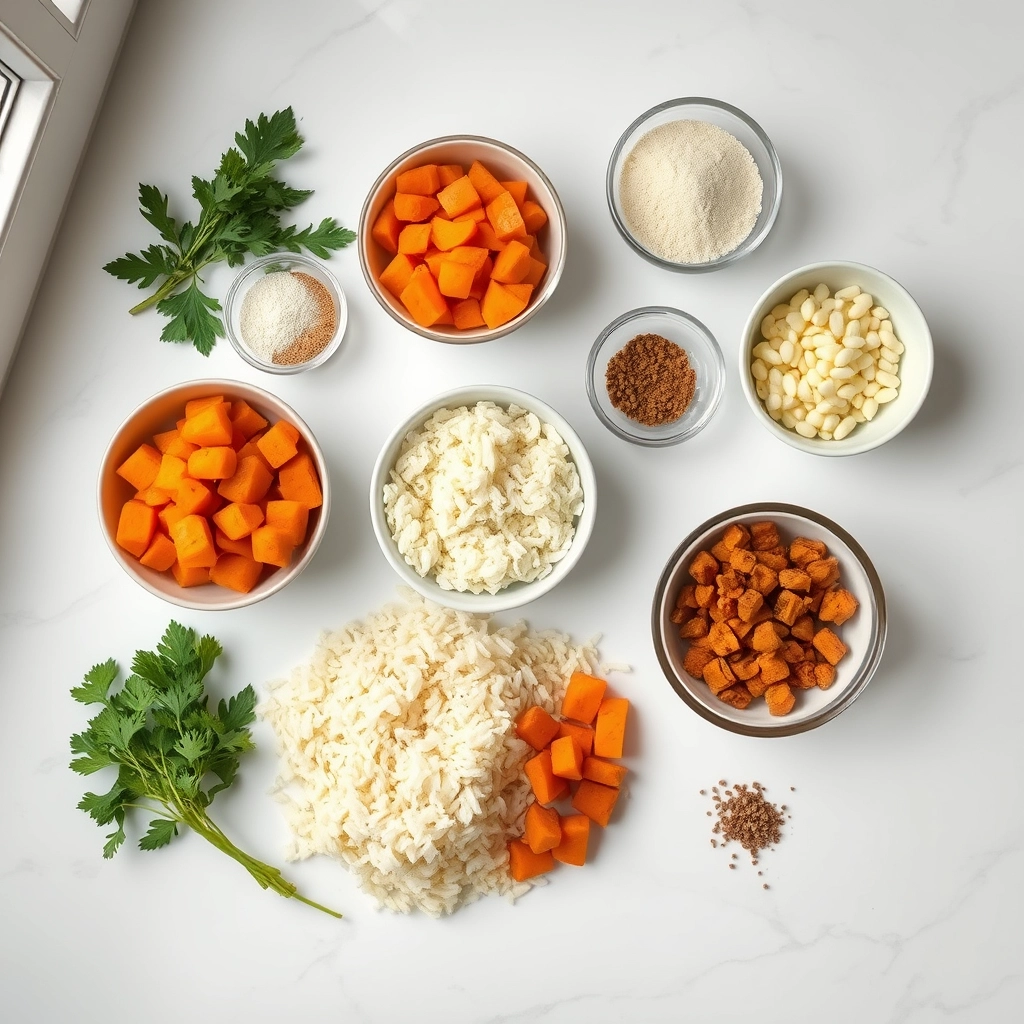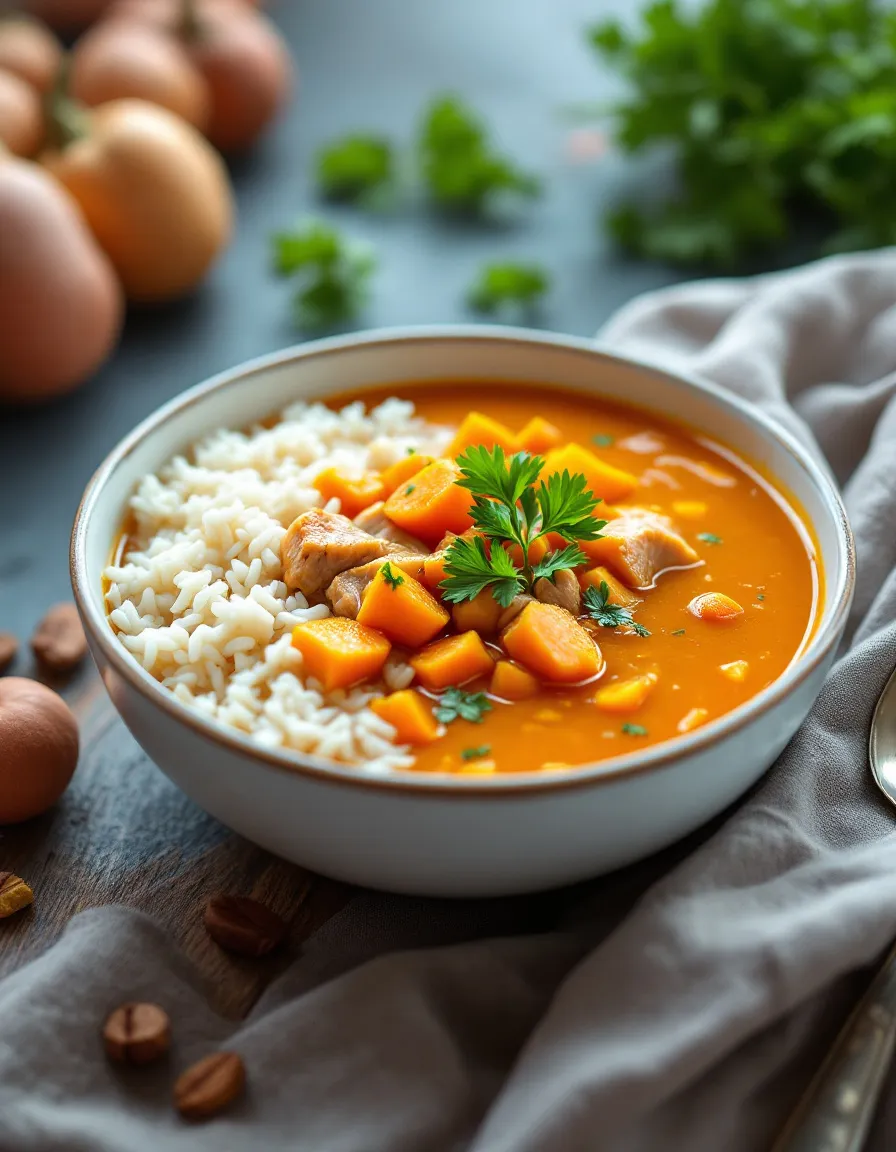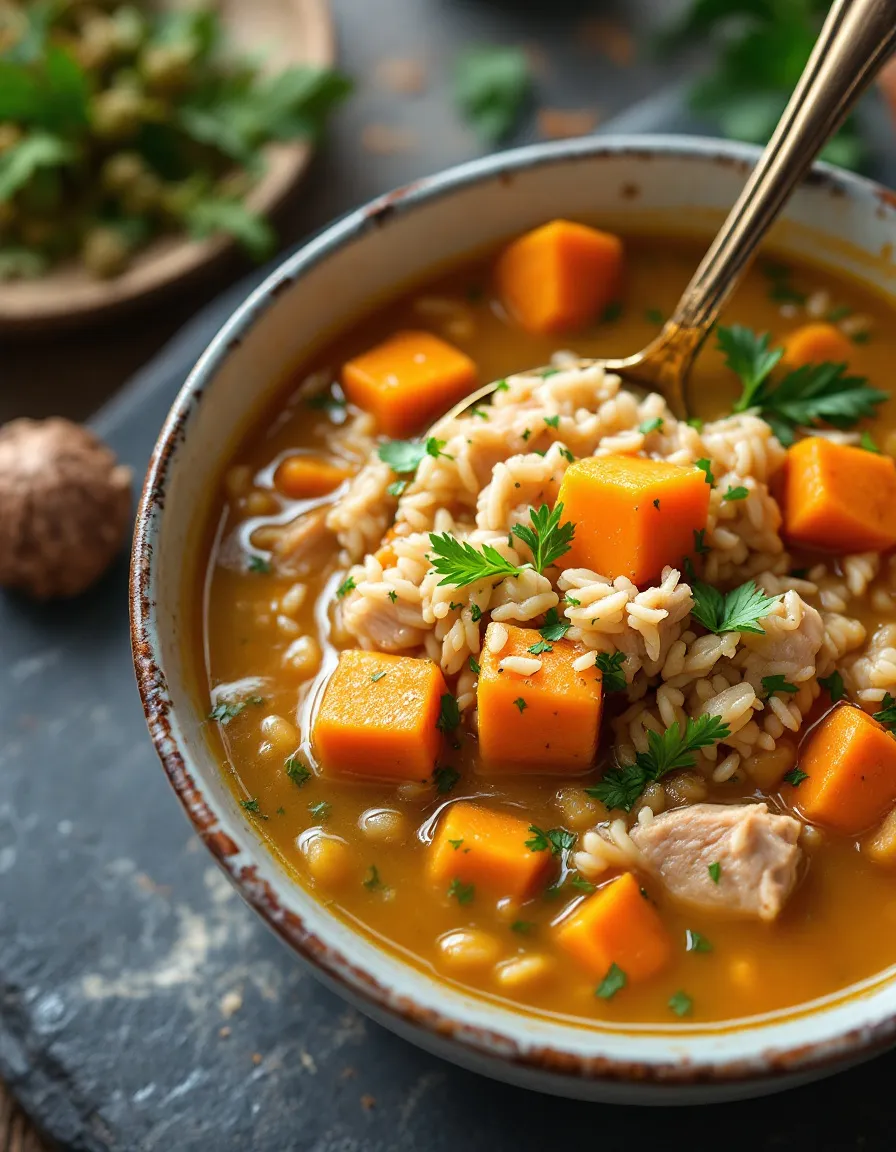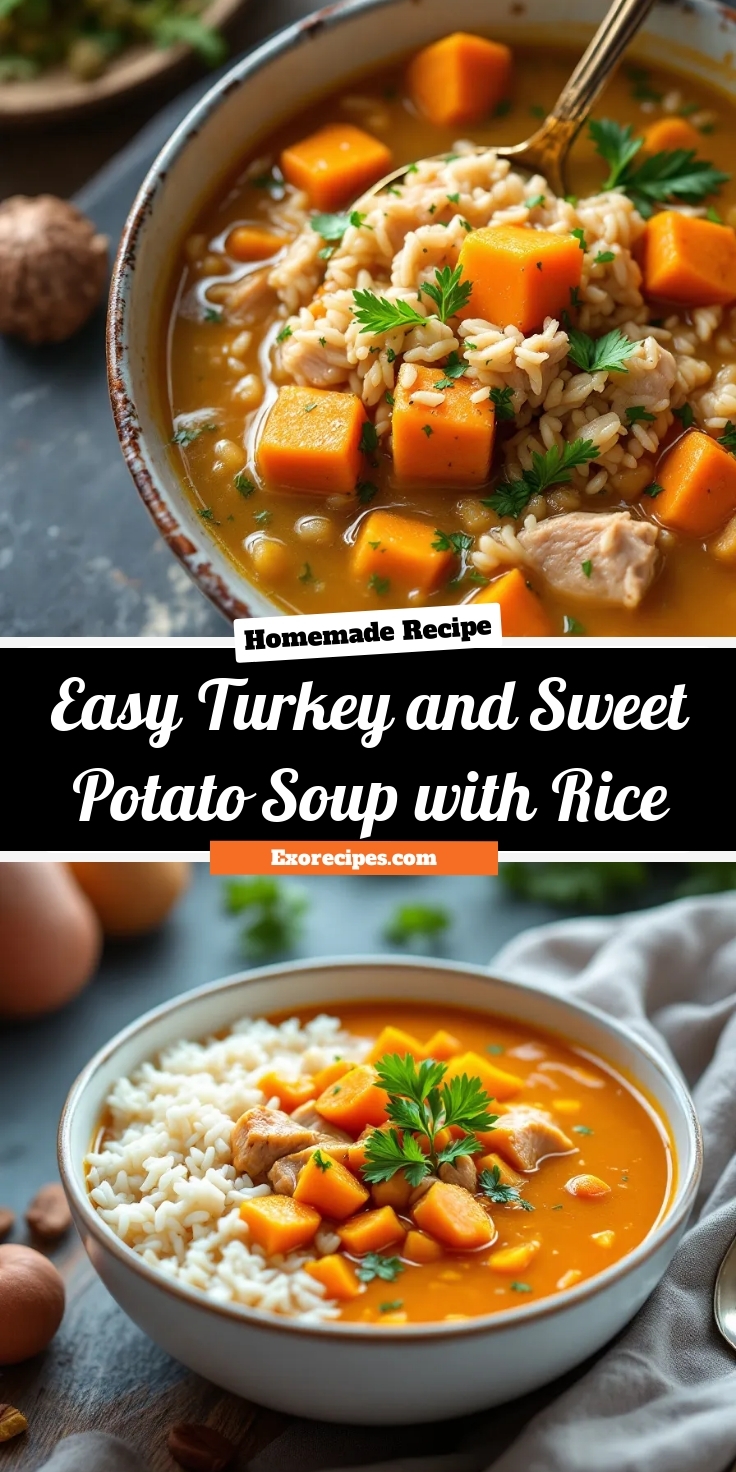Introduction
Do you ever crave a meal that truly warms you from the inside out? Perhaps you need a bowl of something deeply nourishing that also excites your taste buds. Furthermore, on a busy weeknight, you deserve a dinner that comes together without a fuss. This incredibly flavorful and satisfying Coconut Curry Lentil Soup answers that call perfectly. It is the ultimate comfort food that feels both indulgent and wonderfully wholesome.
This Coconut Curry Lentil Soup is a vibrant, one-pot wonder that masterfully combines creamy coconut milk with aromatic spices and hearty lentils. Essentially, it is a globally-inspired dish that brings the complex, warming flavors of curry into your home kitchen with stunning simplicity. The recipe matters because it delivers restaurant-quality depth of flavor while remaining incredibly accessible, affordable, and packed with plant-based protein and fiber. Moreover, it perfectly fits our blog’s mission to share recipes that are both exciting and approachable for everyday cooks. This soup is a fantastic meal prep option, as its flavors meld and improve overnight, making it a brilliant choice for healthy lunches throughout the week. For another fantastic make-ahead lunch idea, explore our popular Vegan Meal Prep Buddha Bowls. Ultimately, this dish exemplifies how a few simple, whole ingredients can transform into something truly extraordinary and deeply comforting. In fact, the process of building layers of flavor with spices mirrors techniques used in many classic dishes, much like the foundation of our favorite Classic Beef Chili.
Why I Love This Recipe
This Coconut Curry Lentil Soup holds a special place in my heart because it was my go-to recipe during a particularly hectic semester in college. I consistently relied on its simple ingredient list and one-pot process to fuel long study sessions. The rich and spicy aroma would fill my tiny apartment, instantly melting away stress and making everything feel right. To this day, one spoonful transports me back to that feeling of cozy contentment and reminds me that the most satisfying meals are often the simplest ones to create.
Health and Nutrition
Why it’s good for your body
This Coconut Curry Lentil Soup truly nourishes your body from the inside out. First, the humble lentil provides a powerful plant-based protein and fiber punch. Consequently, this dynamic duo promotes a feeling of fullness and supports steady digestion. Moreover, lentils deliver essential minerals like iron and folate, which are crucial for your energy levels.
Additionally, the coconut milk contributes healthy medium-chain triglycerides (MCTs). As a result, your body can use these fats for a quick and efficient energy source. Furthermore, the aromatic spices, especially turmeric and ginger, bring their own impressive anti-inflammatory properties to the bowl. Therefore, every spoonful of this Coconut Curry Lentil Soup actively works to support your overall wellness.
Ultimately, this dish creates a perfectly balanced meal. For example, it combines complex carbohydrates, healthy fats, and robust protein in a single, delicious pot. Finally, you can feel great about enjoying a bowl of this Coconut Curry Lentil Soup, knowing you are fueling your body with wholesome, beneficial ingredients.
How it fits in a healthy lifestyle
This soup seamlessly fits into almost any healthy eating plan. It is naturally gluten-free, dairy-free, and vegan, making it a fantastic option for those with specific dietary needs. If you are focusing on heart health, the ingredients support cardiovascular wellness by being low in saturated fat and high in fiber.
For anyone tracking their nutrition, this dish is a high-protein, high-fiber meal that helps you stay satisfied for hours, preventing unnecessary snacking. It’s the perfect make-ahead lunch to power you through your afternoon. You can easily pair it with a simple side salad for a complete and balanced dinner. Explore our guide to meal prepping like a pro to incorporate this soup into your weekly routine. Finding delicious recipes that also align with your wellness goals is key to sustainable eating, much like our popular healthy family dinners that everyone will love.

How to Prepare This Dish
Steps and time-saving tips
First, gather all your ingredients. This simple step, called mise en place, saves you so much time and stress later. Next, heat a large pot over medium heat and add your oil. Sauté the onion until it turns soft and translucent. Then, add the garlic and ginger, stirring constantly for about one minute until they become incredibly fragrant. Immediately add your curry powder and tomato paste, stirring to coat everything. This toasts the spices and unlocks their deepest flavors, which is the secret to a rich broth. Now, pour in the vegetable broth, scraping any browned bits from the bottom of the pot. Add the rinsed red lentils and give everything a good stir. Bring the soup to a lively boil, then immediately reduce the heat to a gentle simmer. Let it cook uncovered for about 20 minutes. Meanwhile, you can prepare any garnishes. The lentils will soften and the soup will naturally thicken. Finally, stir in the creamy coconut milk and a big squeeze of fresh lime juice. Taste it and season with salt accordingly. For a speedy cleanup, soak your pot right away while you enjoy your meal.
Mistakes I’ve made and learned from
I have definitely learned a few lessons the hard way with this soup. My biggest mistake was adding the coconut milk at the very beginning with the broth. Unfortunately, prolonged boiling can cause the coconut milk to separate, making the soup look a bit grainy instead of luxuriously creamy. Now I always stir it in at the very end, just to heat it through. Another error I made was not rinsing the lentils thoroughly. Once, I ended up with a slightly gritty texture from the dust on the lentils, which was a real disappointment. It taught me to always rinse them in a fine-mesh strainer under cold water until it runs clear. For more on building flavor foundations, my post on how to make the perfect stock has some great tips. Also, if you love this flavor profile, you must try my creamy coconut curry chicken, which uses a similar technique for an amazing sauce.
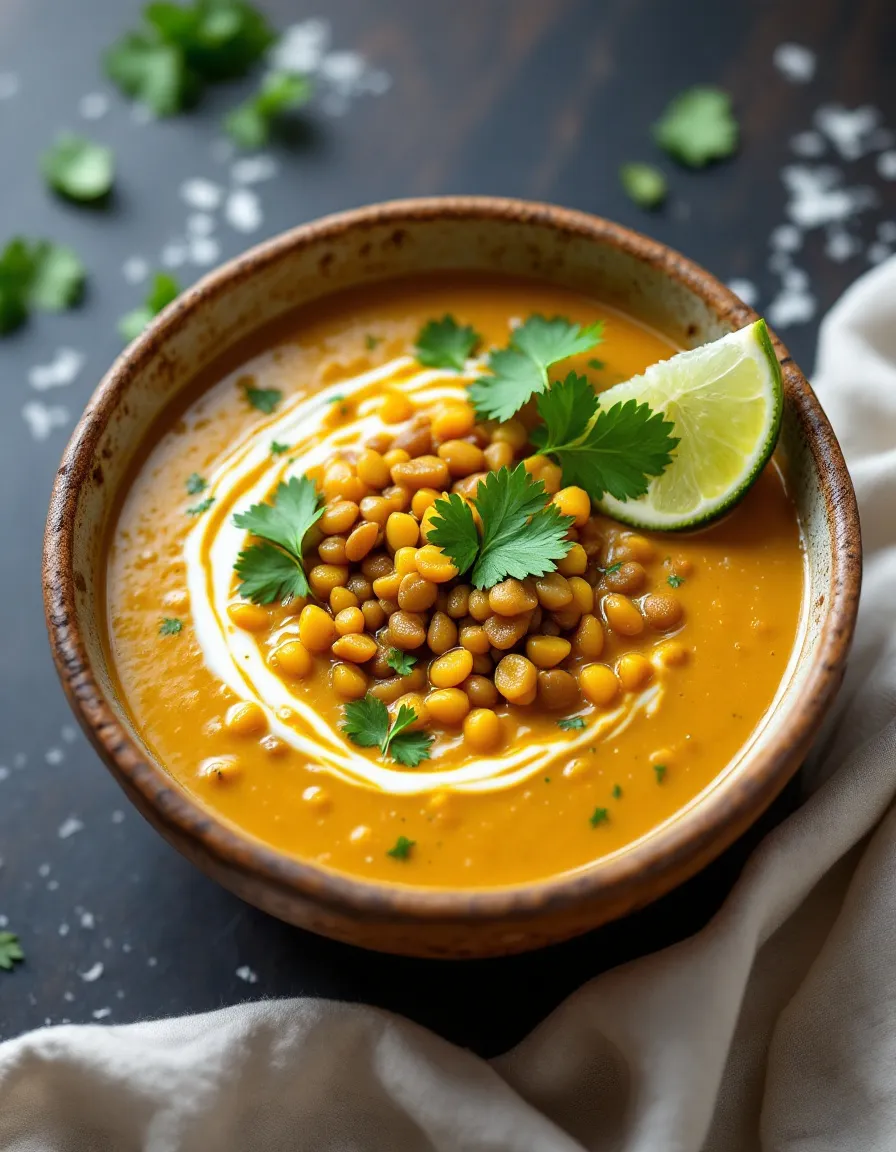
Cultural Connection and Variations
Where this recipe comes from
This Coconut Curry Lentil Soup tells a story of ancient trade routes. Spices like turmeric and cumin traveled from India, while coconut milk sailed from Southeast Asia. Consequently, they met in a pot and created something magical. My own family adds a generous pinch of smoked paprika, a nod to our love for Spanish flavors. In different regions, cooks make their own mark. For instance, in the Caribbean, they might stir in Scotch bonnet peppers for serious heat. Meanwhile, in parts of South India, they temper the dish with mustard seeds and curry leaves. Every family, every region, holds its own key to the perfect bowl. Ultimately, this global journey makes the humble lentil a true culinary citizen. This particular version of Coconut Curry Lentil Soup celebrates that beautiful, delicious fusion.
How it fits in today’s cooking
This soup fits perfectly into our modern need for wholesome, fast meals. Busy weeknights demand one-pot wonders that nourish the body and soul. Furthermore, its plant-based profile aligns with contemporary eating habits, making it a freezer-friendly staple. Many home cooks now use an Instant Pot to drastically cut down the cooking time without losing any flavor. You can easily pair it with a slice of crusty bread for a simple, satisfying dinner. For a complete meal prep solution, it stores beautifully alongside dishes like our favorite Vegan Breakfast Burritos. Moreover, its comforting warmth makes it an ideal choice for a chilly autumn evening or a casual holiday gathering. Serve it as a starter before a main course like our Herb Crusted Pork Tenderloin for a truly memorable feast. Ultimately, this versatility secures its place in today’s kitchens.
Taste and Texture
What makes it delicious
This Coconut Curry Lentil Soup immediately greets you with a deeply fragrant aroma of warm spices and creamy coconut milk. Each spoonful delivers a velvety, thick texture that feels incredibly luxurious and comforting in your mouth. Furthermore, the red curry paste and ginger create a gentle, warming heat that perfectly balances the rich, savory base. The earthy lentils provide a satisfying, hearty chew that makes every bite substantial. Ultimately, this symphony of creamy, spicy, and savory notes makes the Coconut Curry Lentil Soup an unforgettable and delicious experience.
Boosting the flavor
You can easily elevate your bowl with a few creative additions. For instance, a squeeze of fresh lime juice just before serving brightens the entire dish with a burst of acidity. Alternatively, a dollop of cool, creamy yogurt or a sprinkle of fresh cilantro adds a wonderful contrast. If you love extra heat, a drizzle of our sriracha honey sauce introduces a sweet and spicy kick. Finally, for a textural crunch, top your Coconut Curry Lentil Soup with some crispy roasted chickpeas or a side of our garlic naan bread for dipping.
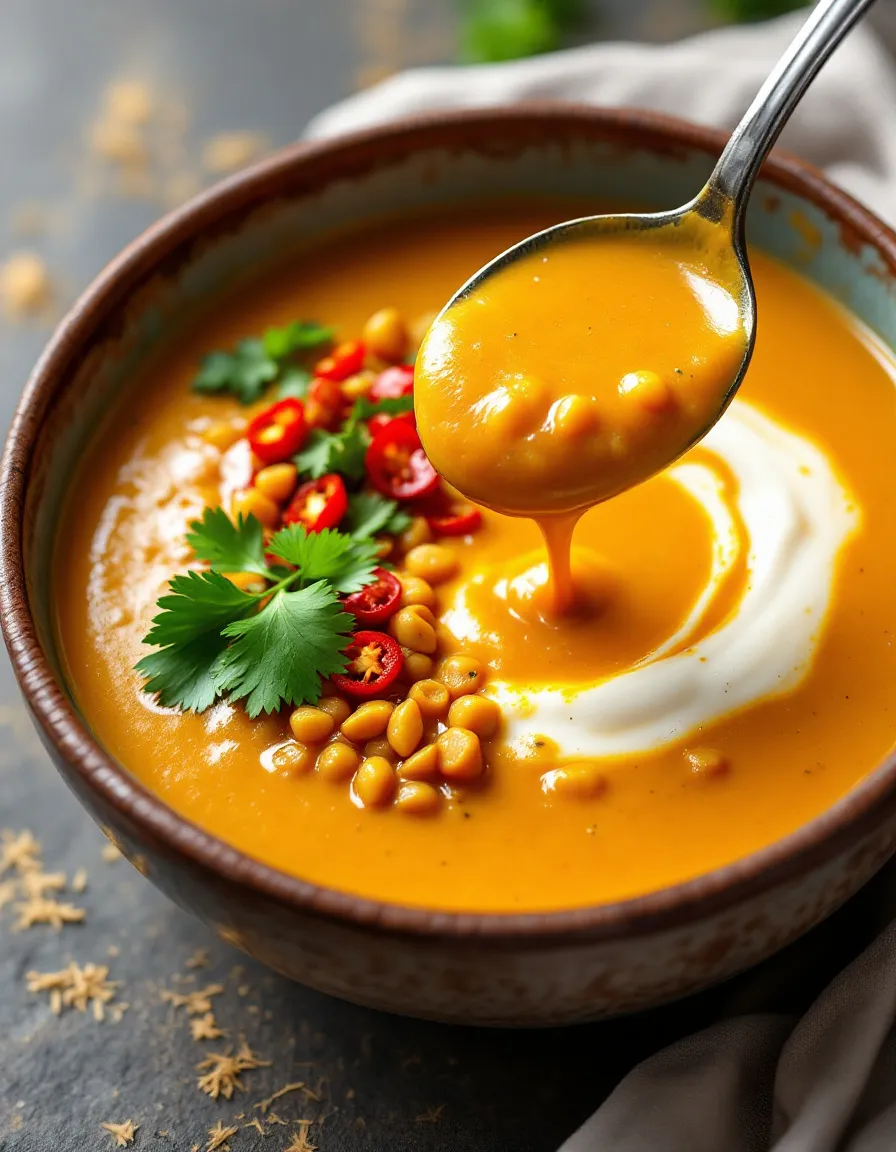
Tips for Success
Best practices for results
Always rinse your lentils thoroughly before cooking to remove any debris. Furthermore, bloom your curry powder and spices in the hot oil for a full minute to unlock their deepest flavor. Use full-fat coconut milk for the creamiest, most luxurious texture in your Coconut Curry Lentil Soup. Finally, add a big squeeze of fresh lime juice just before serving to brighten all the flavors.
Mistakes to avoid
Avoid adding salt too early in the cooking process, as it can sometimes toughen the lentils; instead, season your soup at the end for the most tender results. Additionally, do not skip the step of sautéing your aromatics like onion and garlic, as this builds a critical flavor foundation. If you find your soup is too thick, simply stir in a little more vegetable broth or water until it reaches your desired consistency. For more guidance on getting soup textures just right, check out our guide on how to fix a soup that is too thick. Moreover, remember that different lentil varieties cook at different rates, so using the wrong type might lead to a mushy texture. For a deeper dive into choosing the best legumes, our ultimate guide to cooking lentils is a fantastic resource.
Serving and Pairing Suggestions
How to serve this dish
Present your Coconut Curry Lentil Soup in a beautiful, shallow bowl to showcase its rich color. For a final touch, generously swirl in a dollop of coconut cream and sprinkle on fresh cilantro. Alternatively, serve it family-style in a rustic pot for a cozy weeknight dinner. This dish truly shines as a comforting main course on a chilly evening. Furthermore, you can easily make it the star of a holiday potluck because it caters to so many dietary preferences.
What goes well with it
We love to start our meal with a crisp, green side salad. A simple Arugula Salad provides a refreshing, peppery contrast to the warm, spiced soup. Moreover, a side of fluffy naan or basmati rice is essential for scooping up every last bit of the flavorful broth. Finally, consider pairing this Coconut Curry Lentil Soup with a slightly sweet white wine like a Riesling, as its acidity beautifully cuts through the richness. For a complete plant-based feast, serve it alongside our popular Vegan Flatbread for dipping.
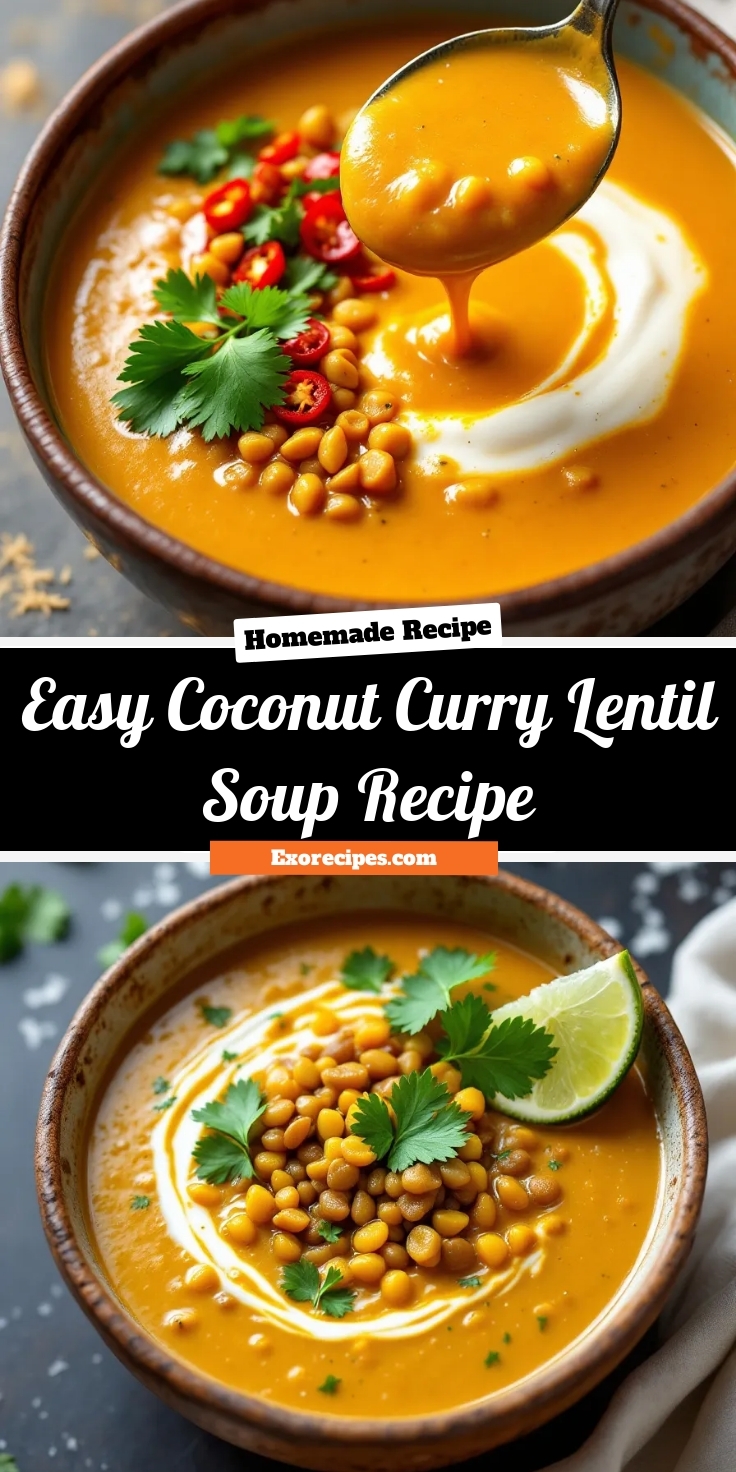
Absolutely! This Coconut Curry Lentil Soup is packed with plant-based protein and fiber from the lentils, which are great for heart health and digestion. The healthy fats from the coconut milk and anti-inflammatory spices like turmeric and ginger make it a nutritious and satisfying meal.
To elevate your Coconut Curry Lentil Soup, try adding a squeeze of fresh lime juice just before serving to brighten the flavors. A dollop of plain yogurt or a swirl of coconut cream can add a lovely richness, while a sprinkle of fresh cilantro provides a fresh, herbal finish.
No, you do not need to soak lentils before making soup. Unlike dried beans, lentils cook relatively quickly. Simply rinse them thoroughly to remove any debris before adding them directly to the pot for your Coconut Curry Lentil Soup.
Yes, this soup freezes exceptionally well. Allow the Coconut Curry Lentil Soup to cool completely before transferring it to airtight containers or freezer bags. It can be stored in the freezer for up to 3 months for a convenient and healthy future meal.

Coconut Curry Lentil Soup
- Total Time: 40 minute
Description
Easy coconut curry lentil soup is loaded with veggies, lentils, coconut milk, and curry spices for a flavor-packed vegan lentil soup recipe. It comes together in one pan in 35 minutes to make a healthy well-balanced meal. Gluten-free, dairy-free, and vegan.
Ingredients
- Ingredients
- 1 cup lentils, rinsed
- 1 tablespoon oil
- 2 cloves garlic, minced
- 1 tablespoon ginger, minced
- 1 tablespoon curry powder
- 1 teaspoon ground turmeric
- 2 carrots, chopped
- 1 onion, chopped
- Salt and pepper to taste
- 2 tablespoons broth (optional, from total)
- 1 bell pepper, chopped
- 1 can (14 oz) coconut milk
- 1 can (14 oz) diced tomatoes
- 3 cups broth
- 1 teaspoon curry paste
- 1/4 teaspoon cayenne pepper
- Lime wedges for serving (optional)
Instructions
- How to make coconut curry lentil soup
- Rinse your lentils: Place lentils in a fine mesh strainer and rinse until water runs clear, about 1-2 minutes.
- Toast spices: Heat a large dutch oven or nonstick pot over medium-low heat, add oil, and let it get hot. Add garlic, ginger, curry powder, and ground turmeric, and toast the spices by stirring until fragrant and well combined, about 30 seconds. Be careful not to let the garlic burn.
- Saute veggies: Add carrots, onion, and salt and pepper and mix well into the spice mixture. Add a couple of tablespoons of broth (you can just take it from the total amount needed for the recipe) to make sure nothing is sticking to the bottom. Saute for 5 minutes, stirring occasionally, until softened.
- Cook soup: Add the lentils and stir to combine. Then add the bell pepper, coconut milk, diced tomatoes, broth, curry paste, cayenne pepper, and salt and pepper and mix well to combine and make sure nothing is stuck on the bottom. Place the lid on the pot, leaving it just slightly ajar for the air to get in/out. Simmer over medium-low to medium heat for 25 minutes until the lentils are tender.
- Enjoy!: Serve with lime wedges (a must!) and additional toppings you enjoy!
- Cook Time: PT25M


